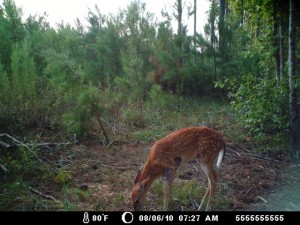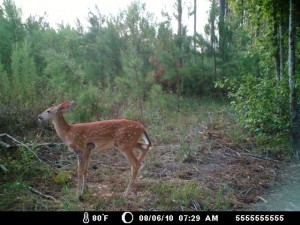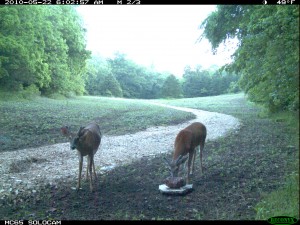Dr. Woods,
Recently I saw your interview with Midwest Whitetail about a buck’s home range. You commented that deer are just like people and have different personalities and some will move farther than others. I’m curious about the studies that back this up, did they take place on locations where food plots, feeders and manmade water sources were present? Were any of these studies done on areas such as Mark Twain National Forest or were they on private land without land assistance?
I hunt on 340 acres in the southern portion of Christian County, Missouri on land that is 80% timber. The other 20% of the land is used for cattle and horses so food plots are not an option at this time. The neighbors do not have food plots either. We do have several White Oaks, Red Oaks, Black Oaks and other acorn producing trees that typically yield a good crop (however, the White Oaks did not produce a crop this year). Our water sources are good as well, even in the driest times some sort of water supply is available (ponds and small creeks).
How do you think this situation affects a buck’s home range?
I really do enjoy your personality and realism. I enjoy the information you share in your web tv shows, podcasts, interviews in Wild Idea Archery, and seminars. I wish I knew 1% of what you know about whitetails, predators and deer management. I think The Proving Grounds is an absolute dream. Is that really obtainable for the average Joe like myself? There is no way I could ever replicate what you have been able to accomplish. There is a heavy need out there to have a show that represents the majority of hunters and the situations they face. So many of us get a few weekends off a year and hunt non-managed private land or heavily timbered public land. Yet the only shows out there show well managed properties with $15k Bad Boy Buggies, multiple treestands to choose from and big buck after big buck.
Dr. Woods, I appreciate your time and any advice you can give.
Chris
Chris,
Thanks for the kind words!
Studies I quote are from many, many locations. Predation and behavior studies will apply to a much broader portion of the whitetail’s range. Even in Christian County, the habitat changes from typical Ozark forest to areas with some ag or lush landscape plants (urban areas). However, deer tend to behave the same throughout the county. Average antler size, body weight, or fawn production for each age class can vary significantly by habitat type.
I grew up hunting Mark Twain National Forest in Barry and Taney County, Missouri (we may have hunted some of the same areas). Studies throughout the whitetails’ range consistently show that the closer quality food, cover, and shelter are located, the smaller the average size of a deer’s home range will be. So, even if there’s plenty of water, if quality food and/or cover are limited the average home range size of deer in that area will be larger compared to areas where these necessary habitat components are plentiful in close proximity. Remember that the average deer range may not apply to any individual deer, just like the average height of a human may not apply to many actual humans.
Deer herds that live in areas where acorns are the primary food source during the winter often present tough hunting challenges. When there are lots of acorns, deer don’t need to move far so it’s tough for hunters to approach the feeding/bedding area without alerting deer. When the acorns are scarce, it’s tough to pattern deer as they cover large areas searching for food.
Hunters that harvest mature bucks consistently from acorn driven herds are some of the best hunters I know. They absolutely shine when they hunt in areas with fragmented habitat and easily identifiable feeding and bedding areas.
One last thought… It’s relatively easy to use a fence to exclude livestock but allow deer to forage. This is a great tool for establishing food plots in areas where livestock are grazing. If there is limited quality food in an area, it’s very easy to pattern deer unless they are alerted to the presence of hunters.
Growing Deer together,
Grant
🔗 Link | ↑ Top



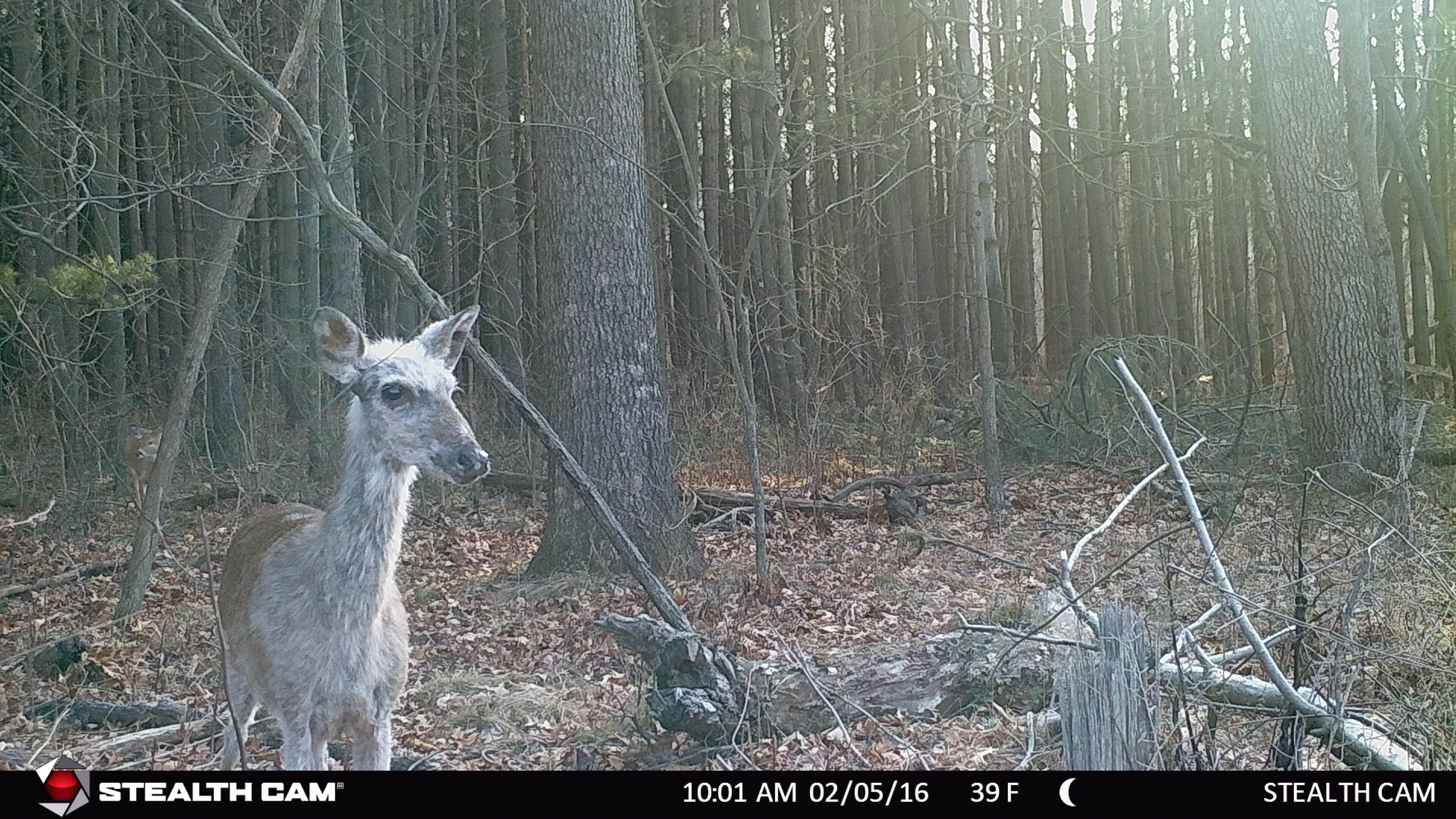

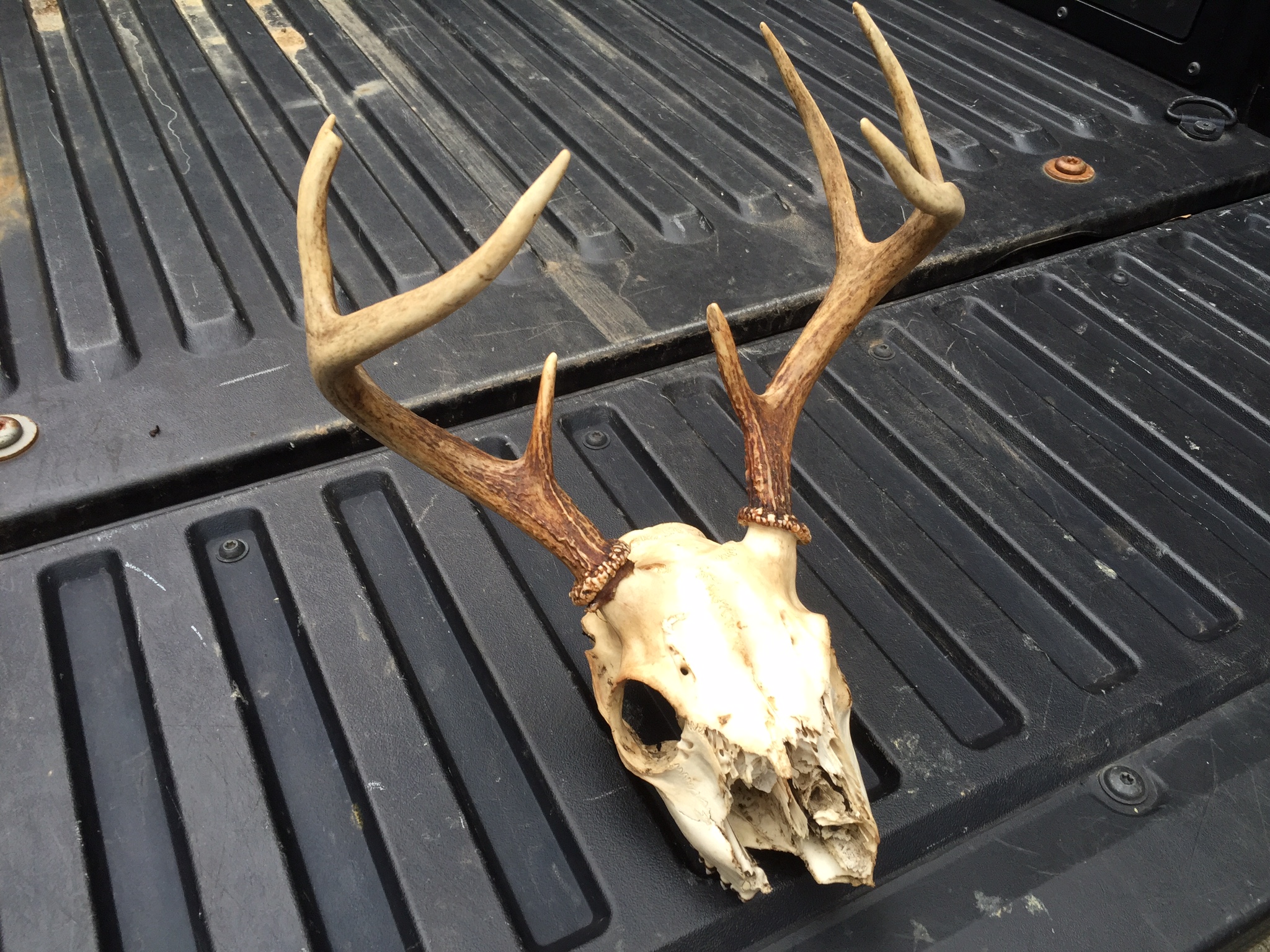
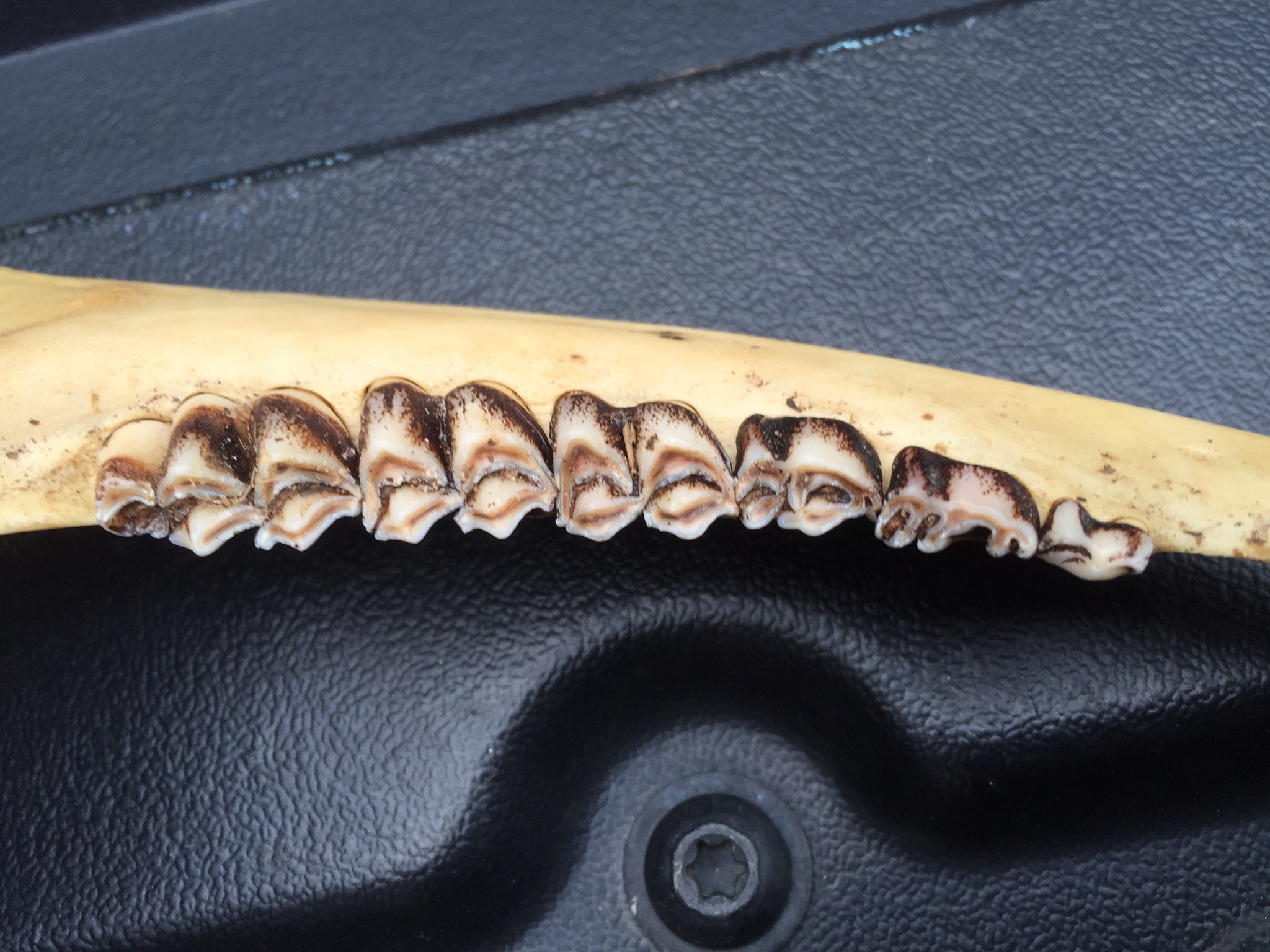

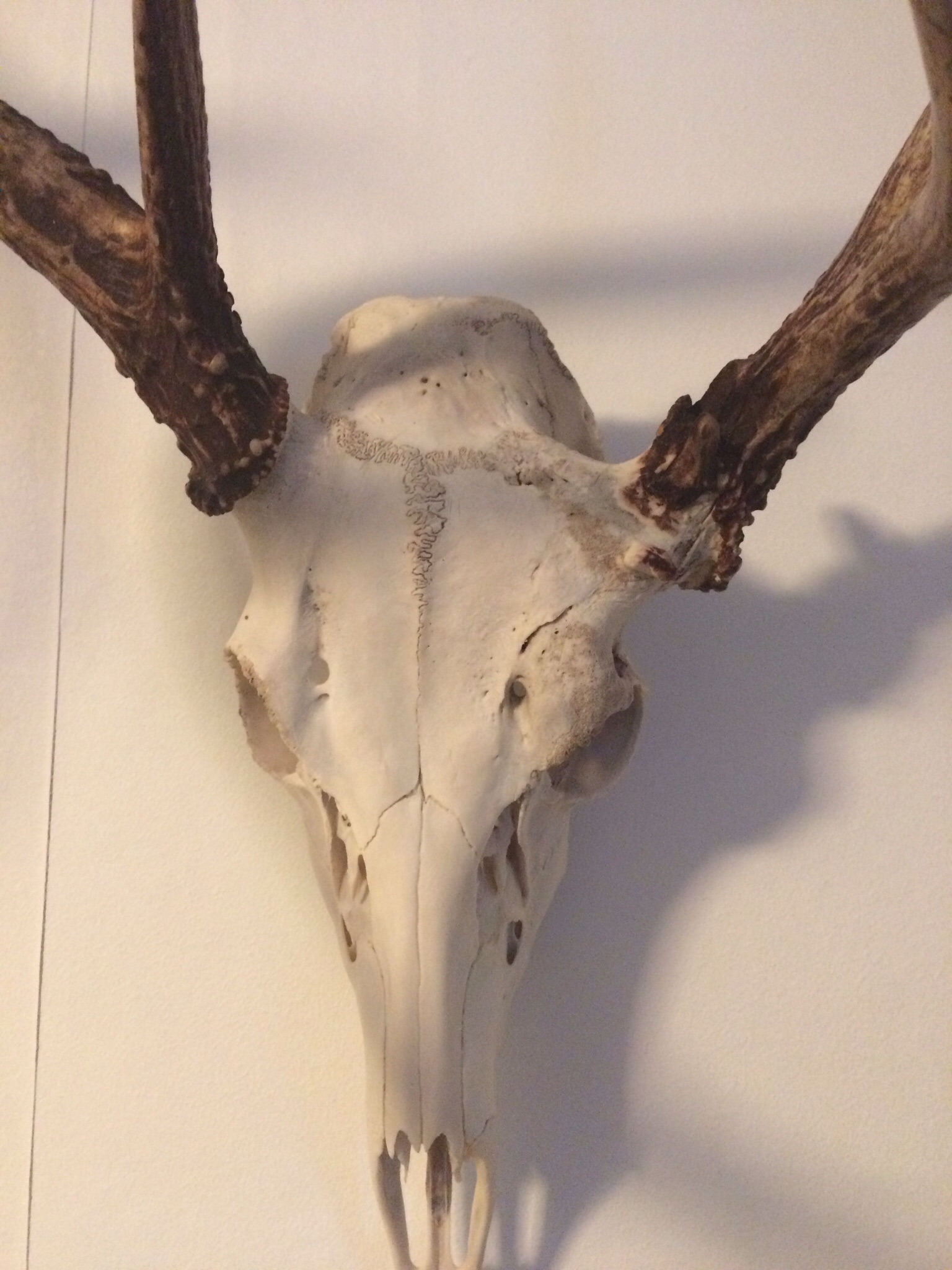
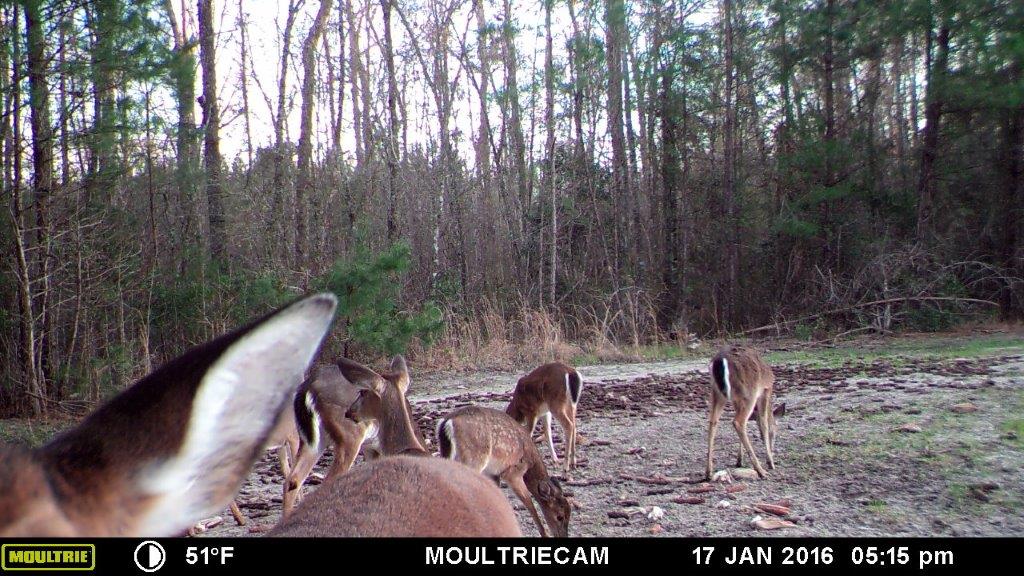
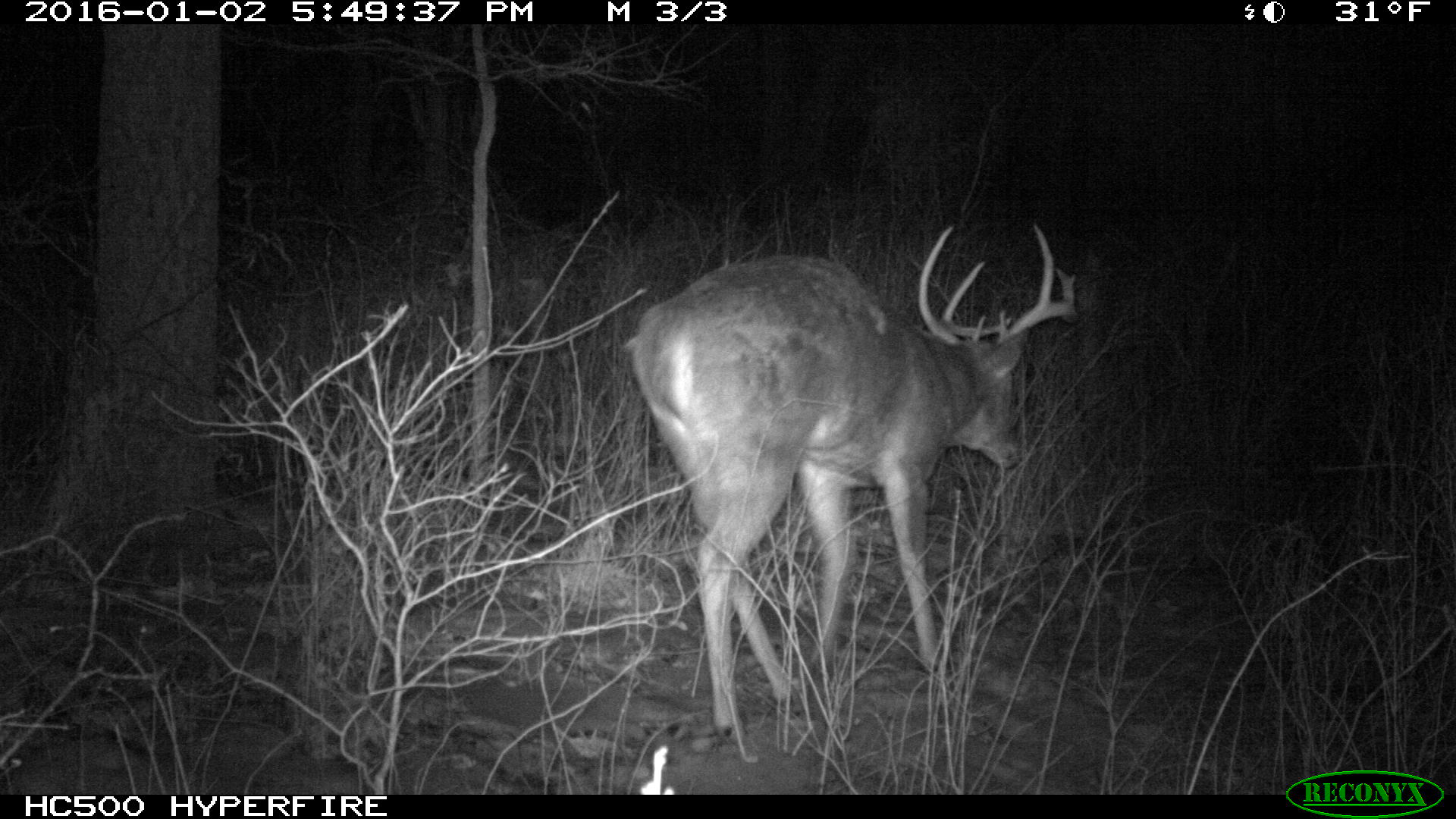
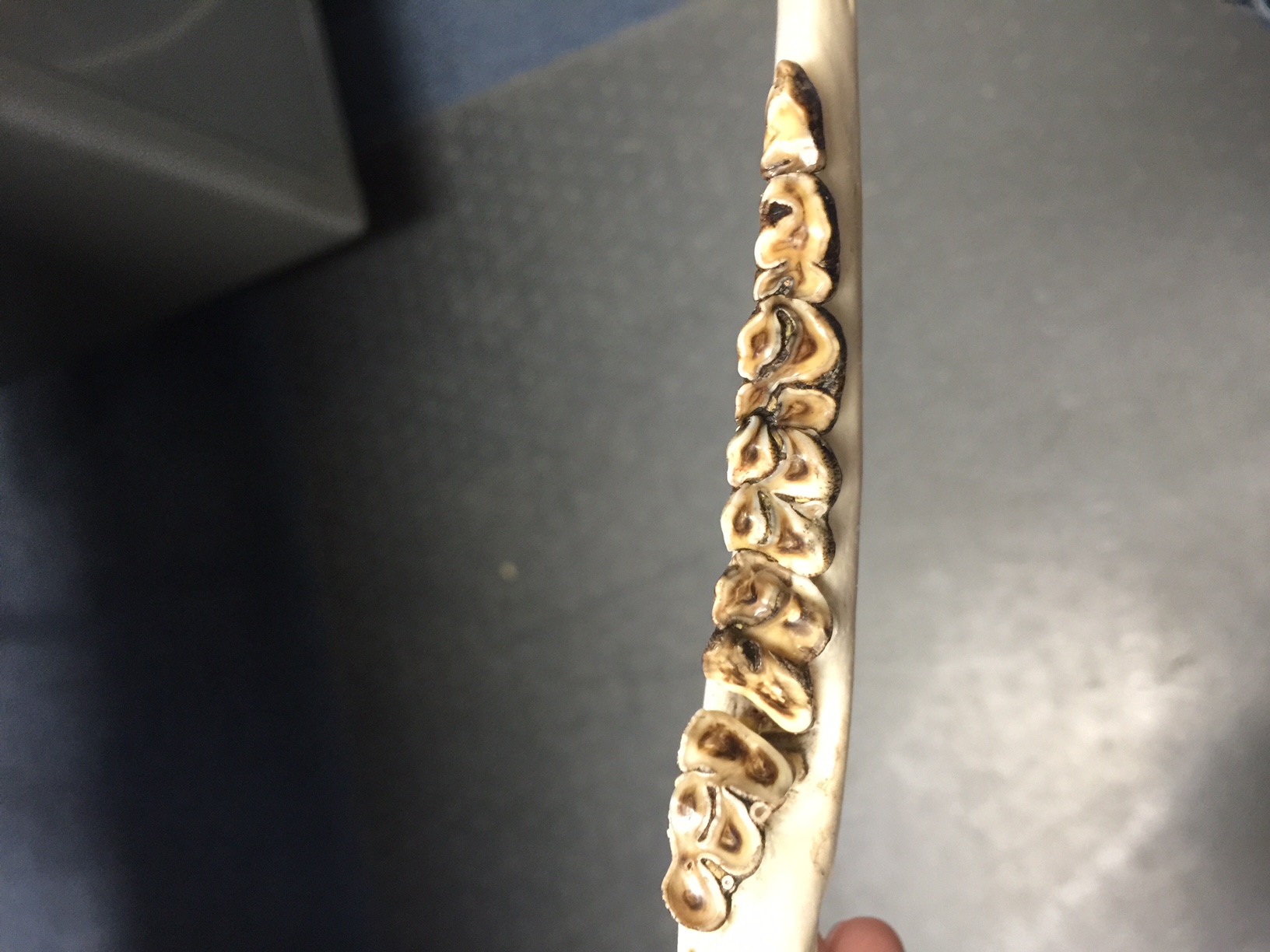
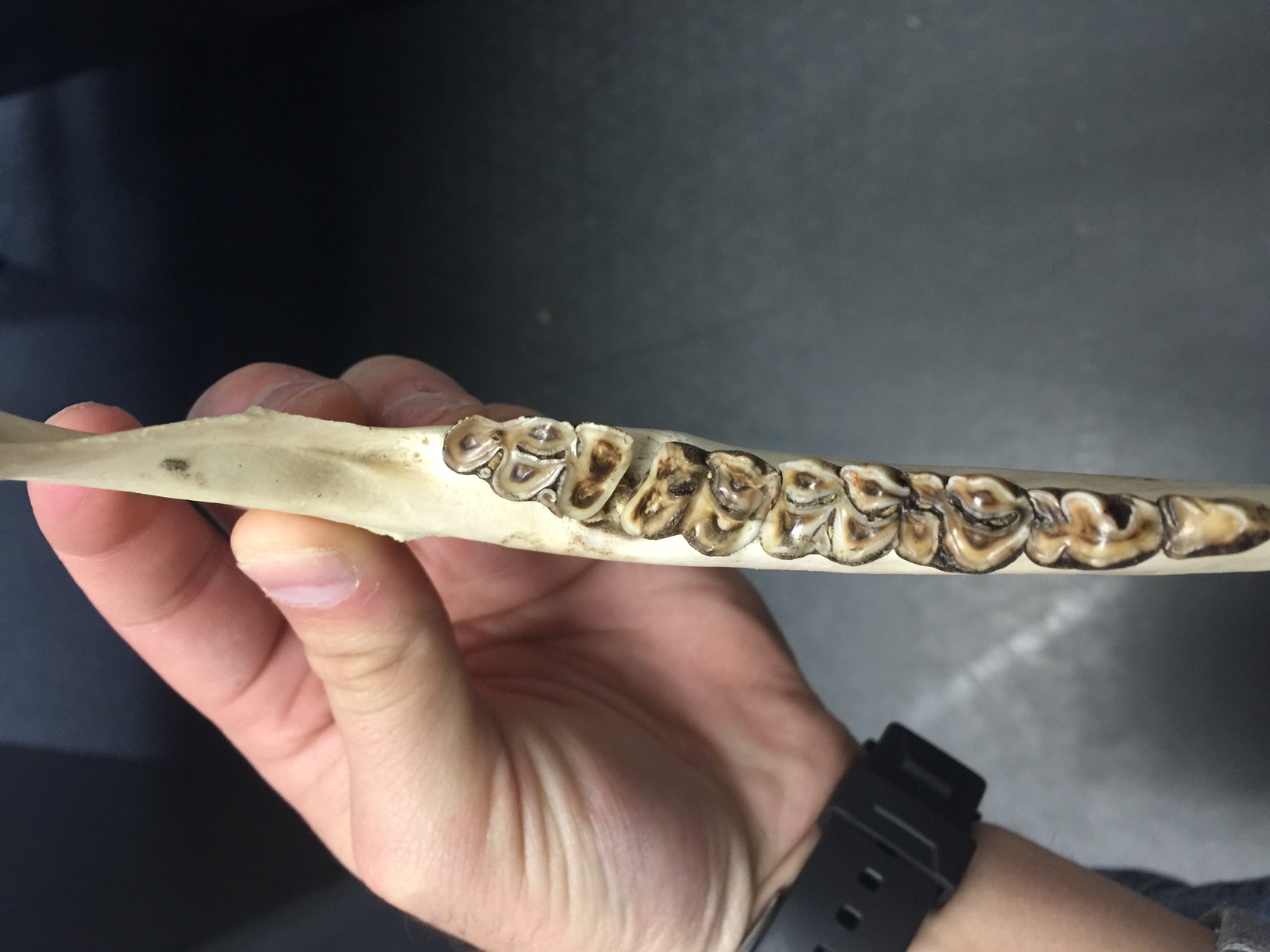

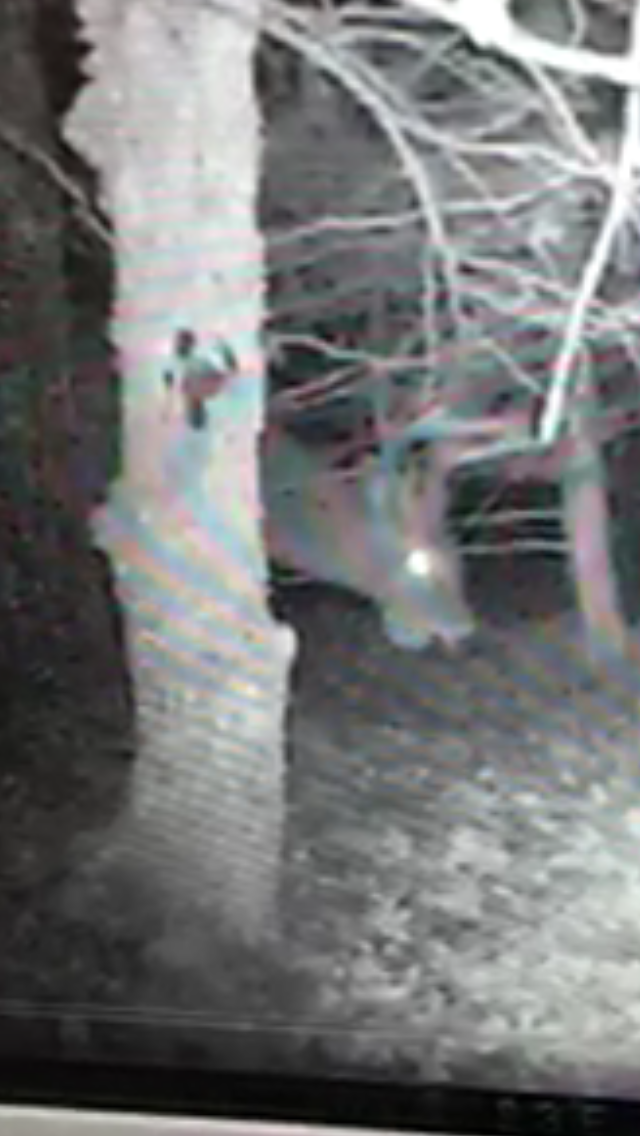
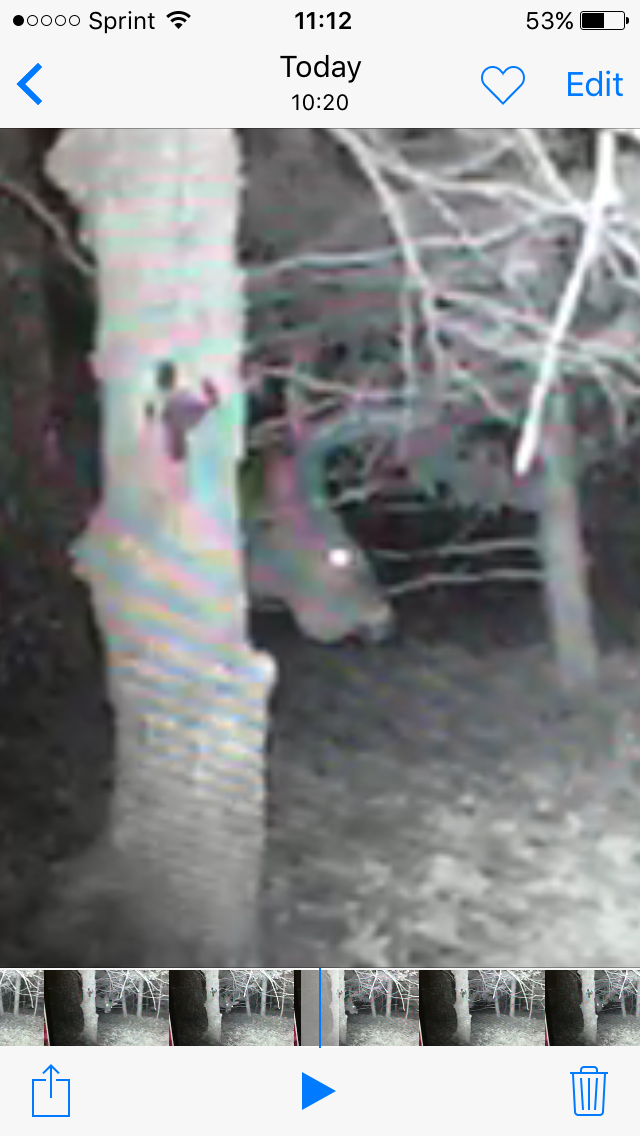
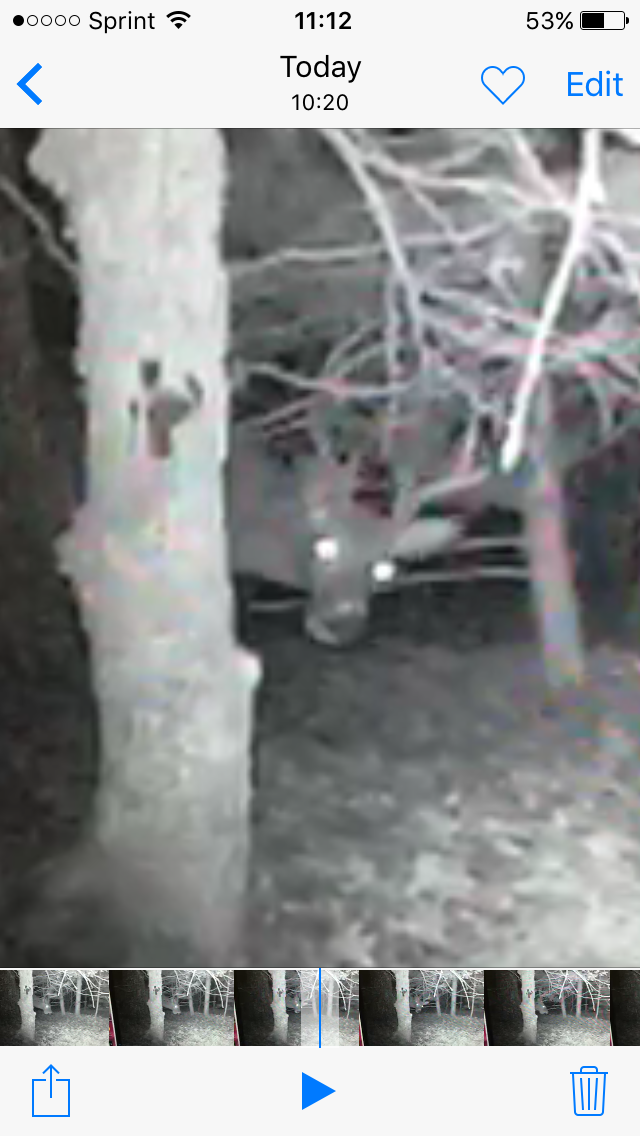

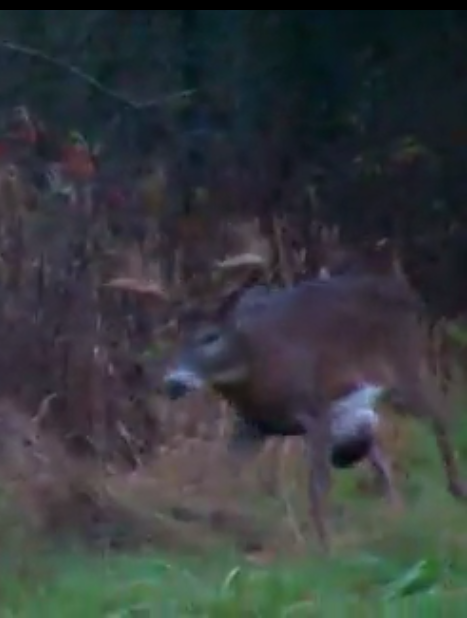
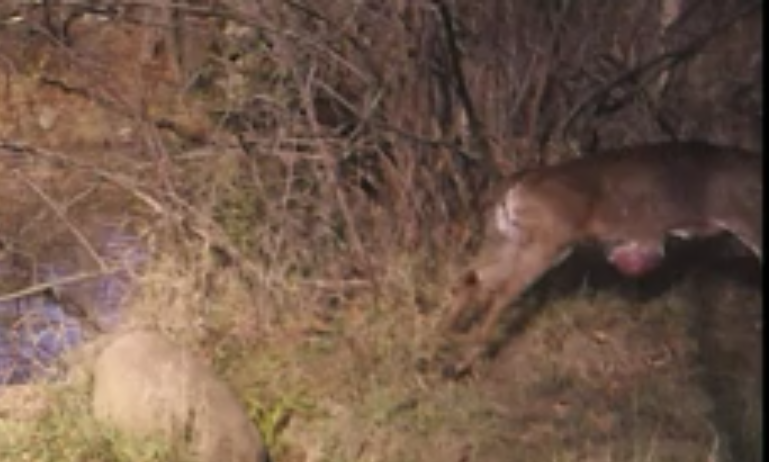
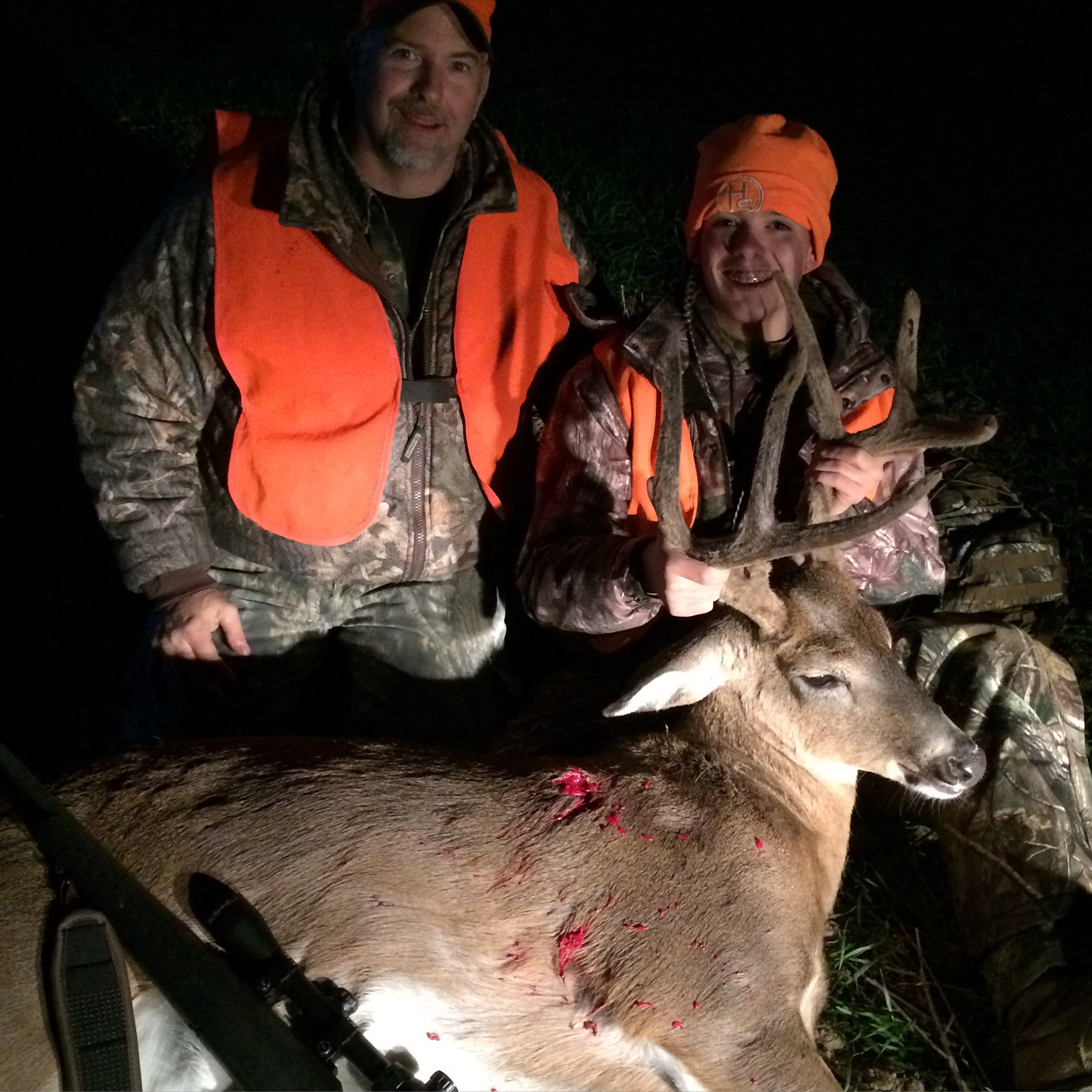
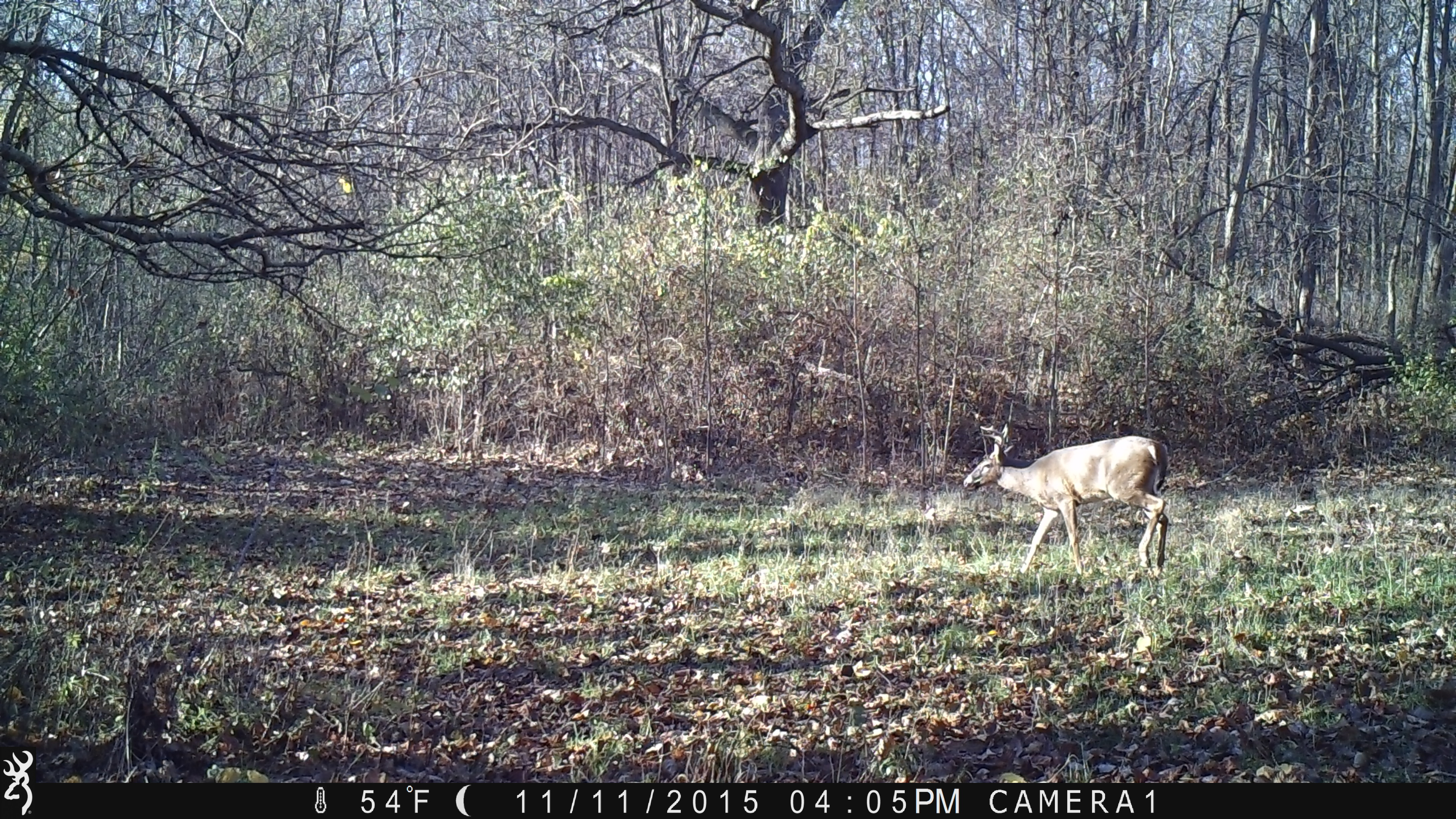
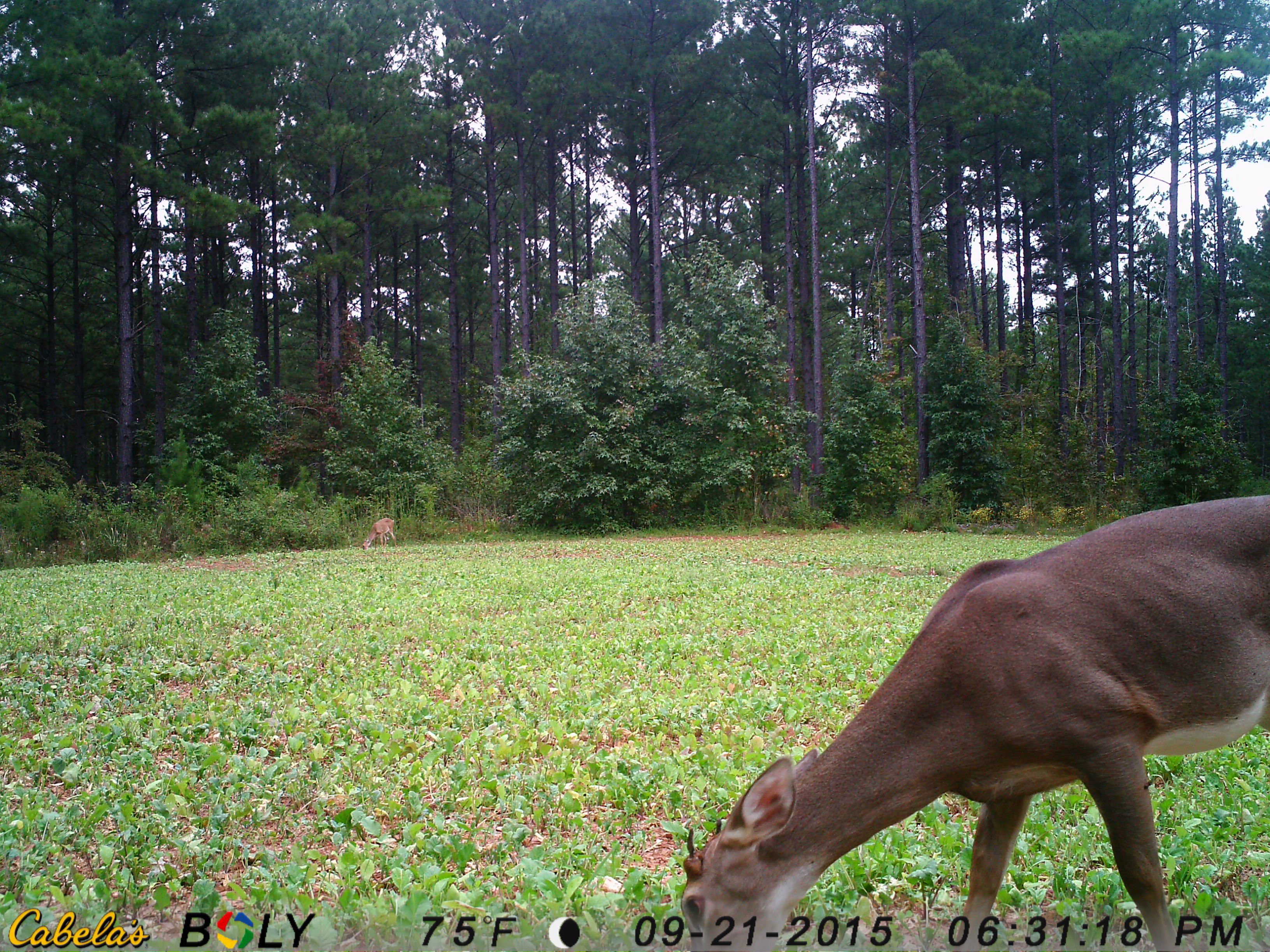
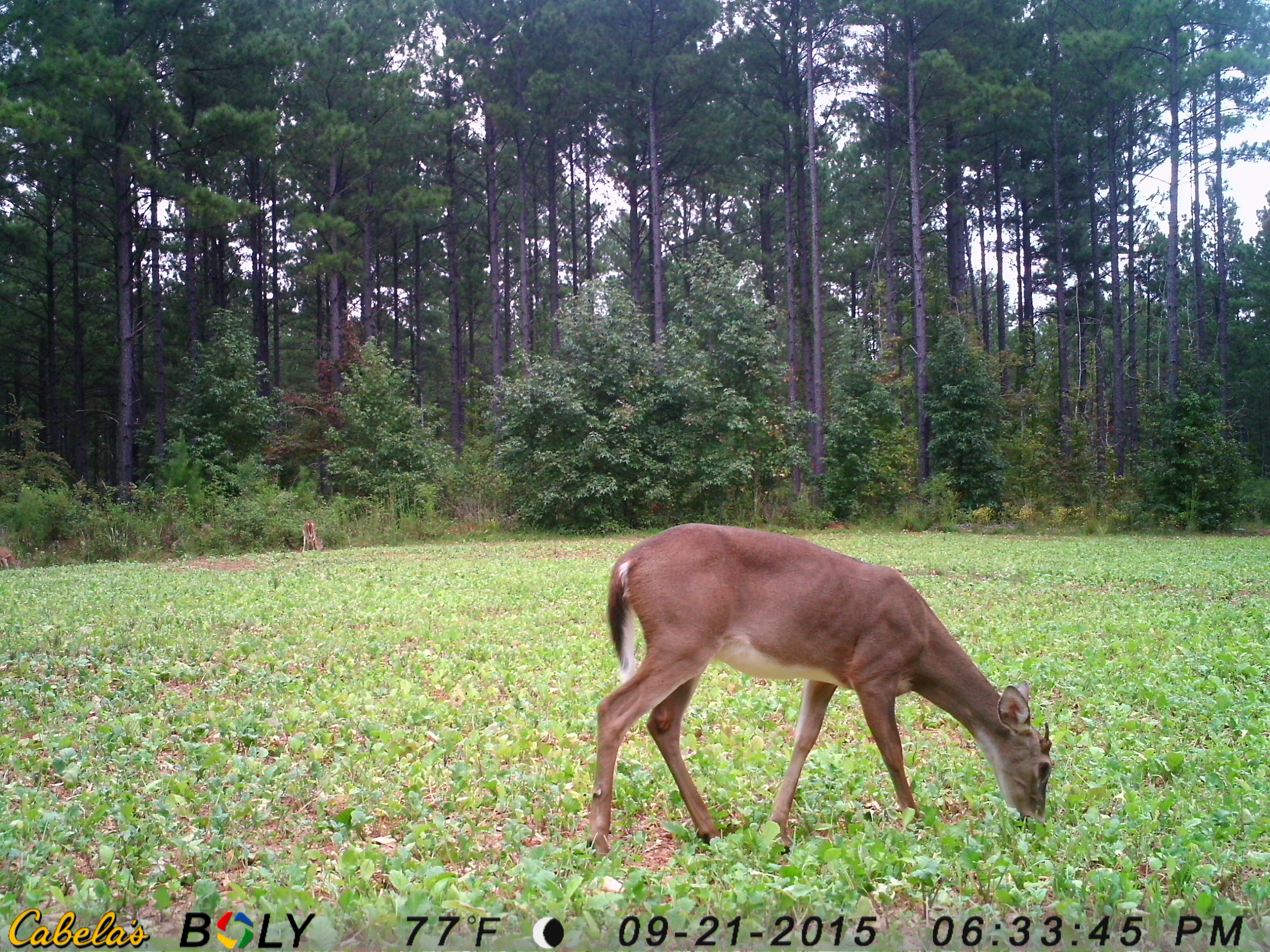
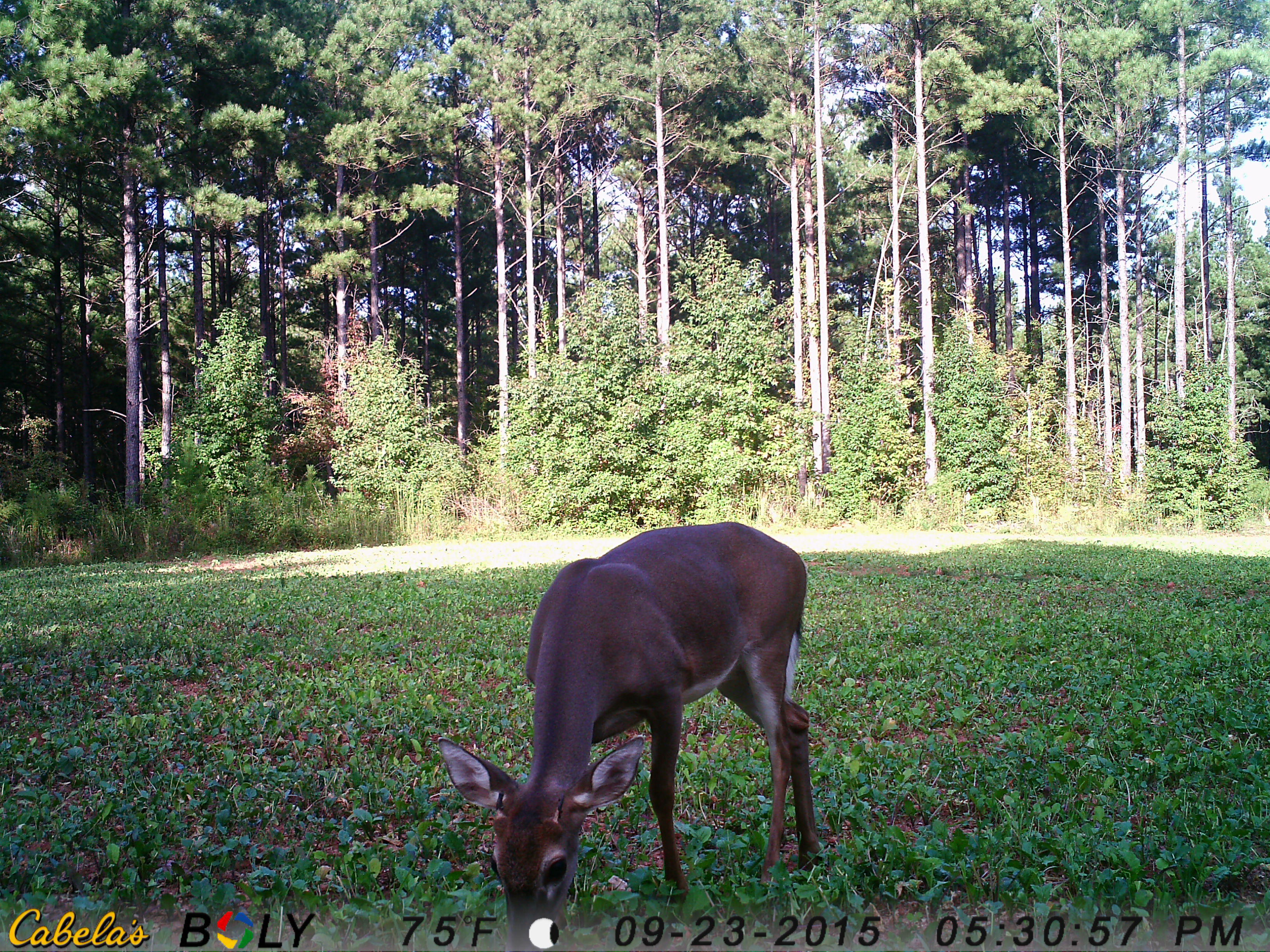
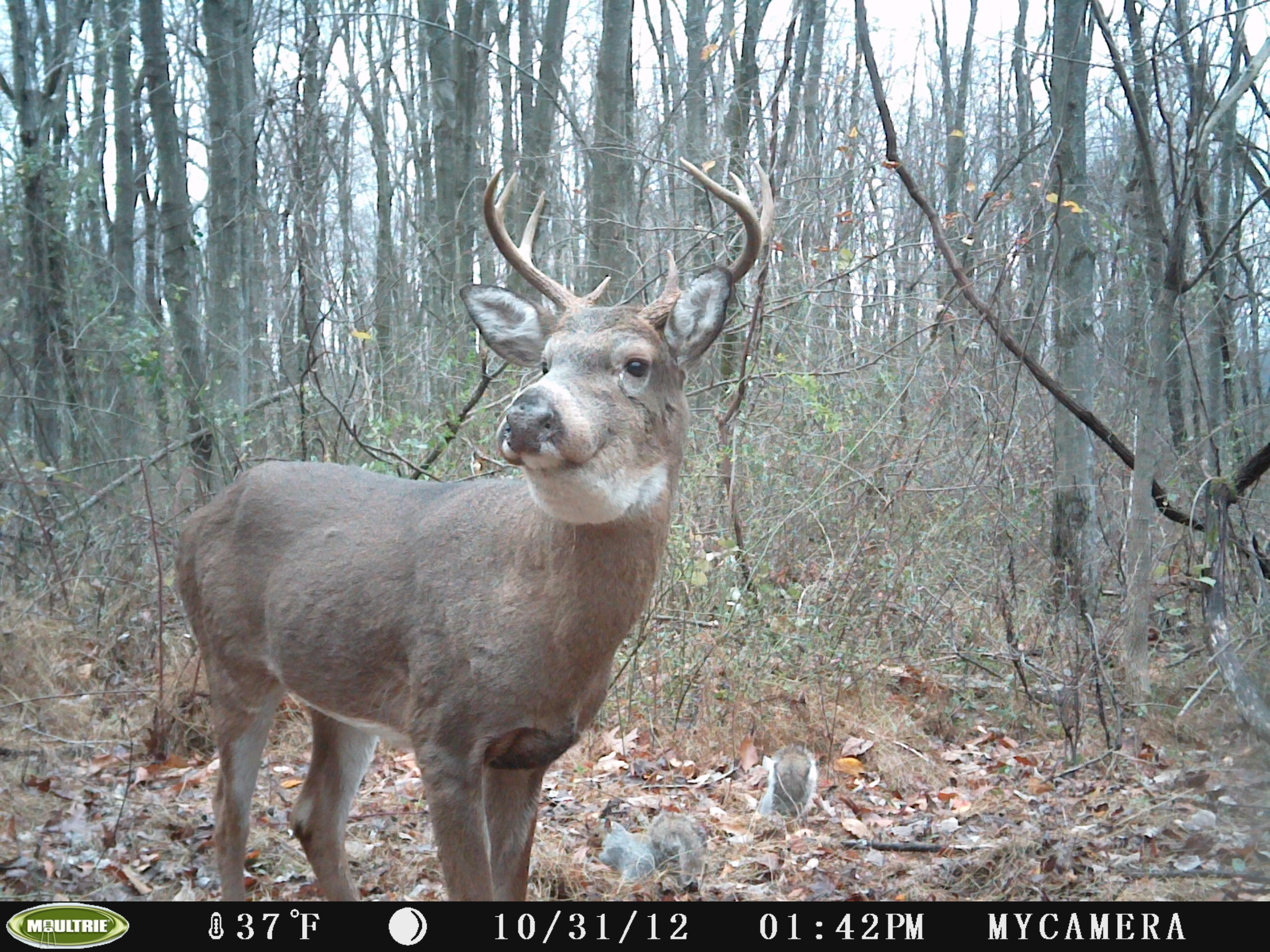
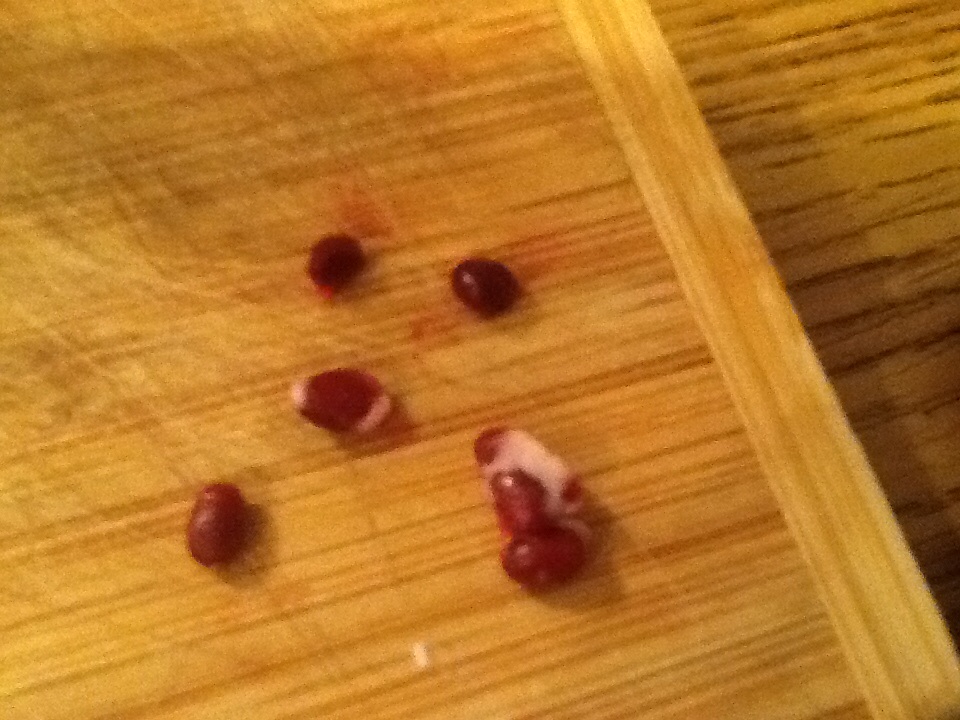
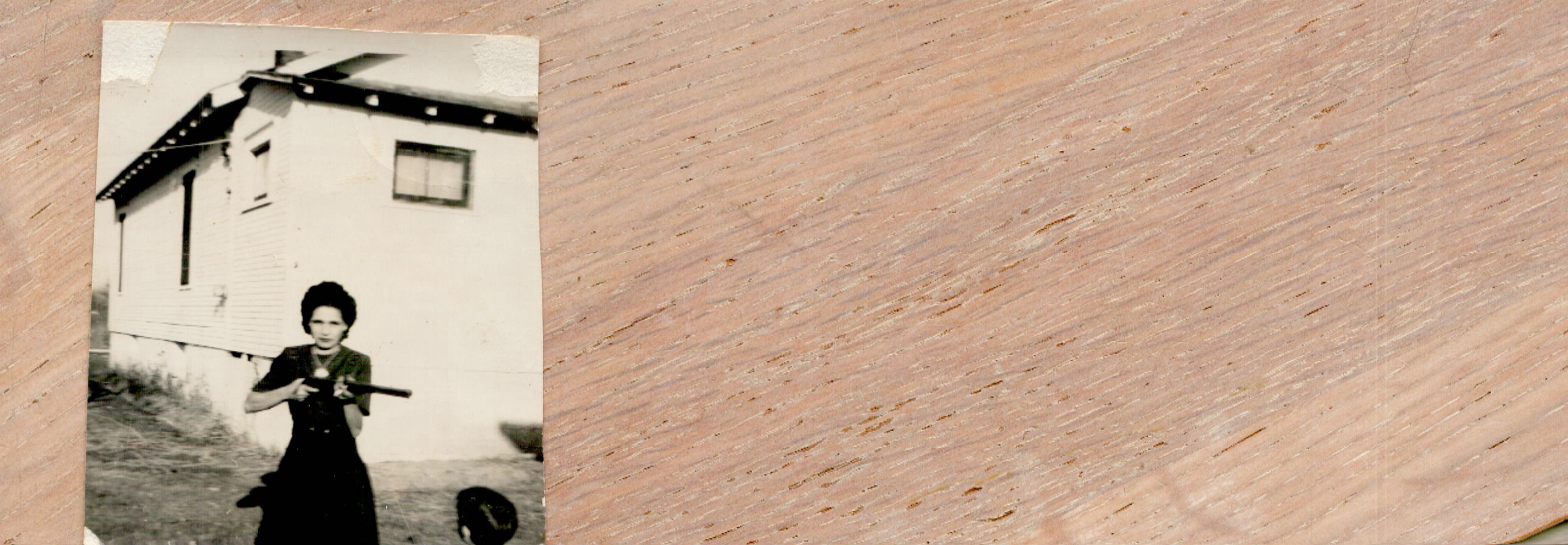
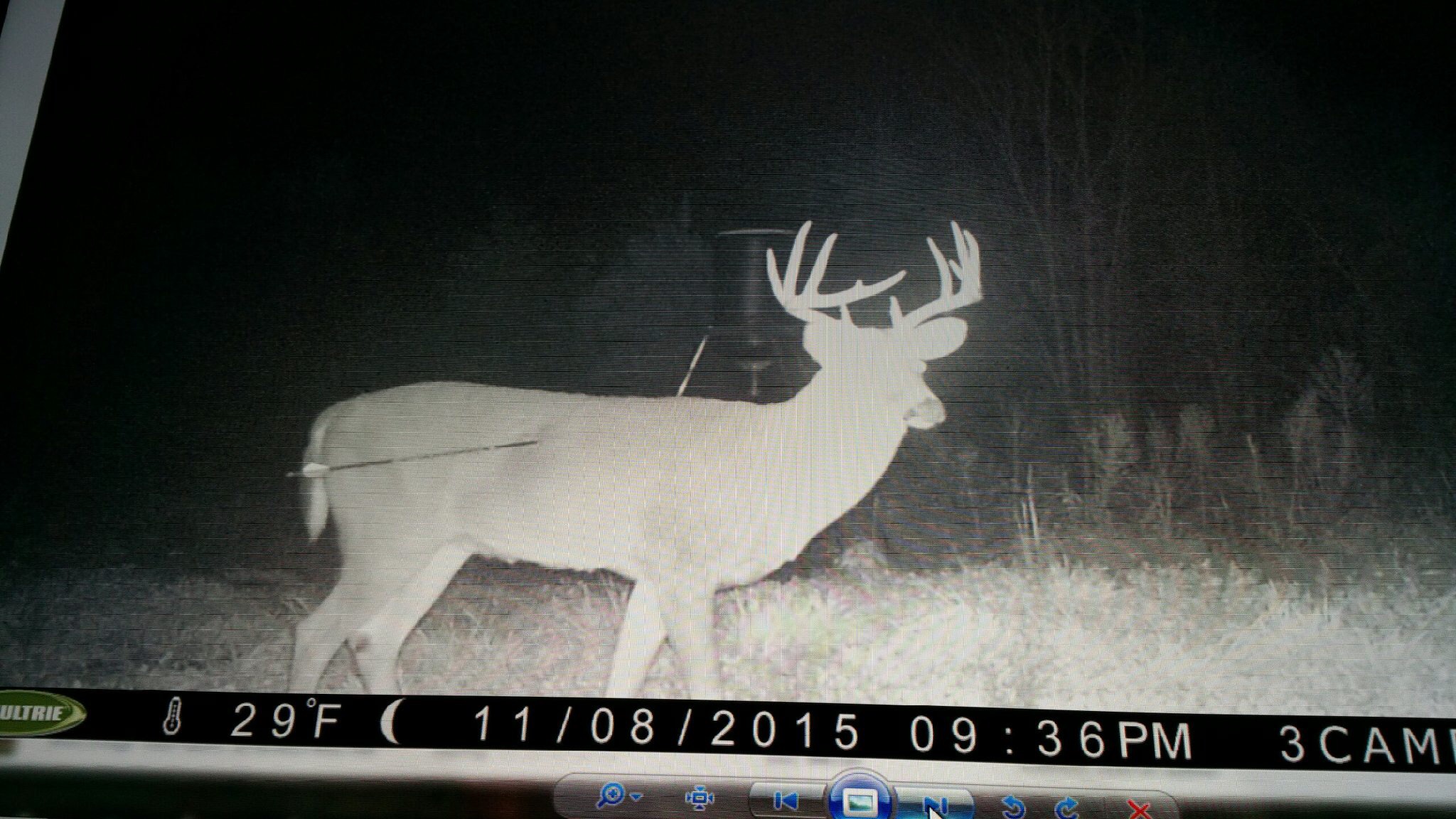
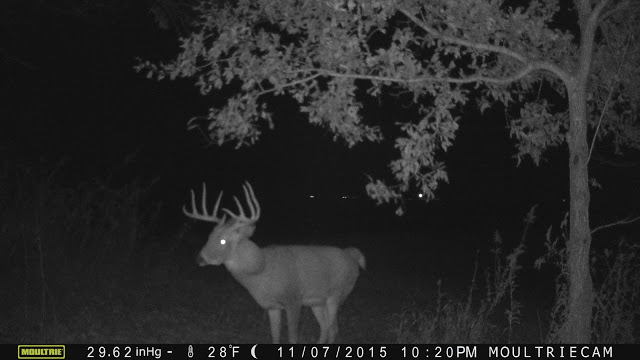


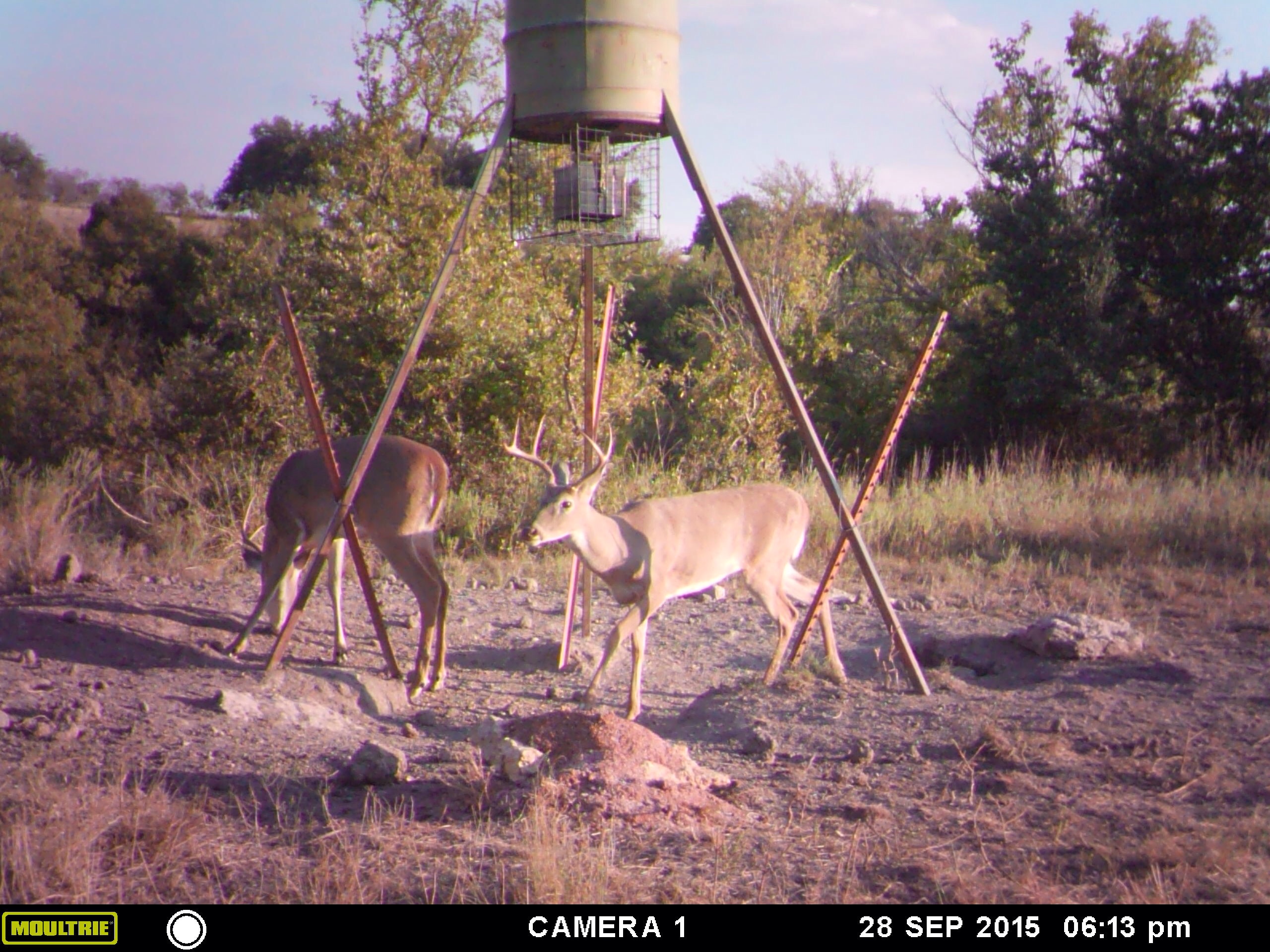
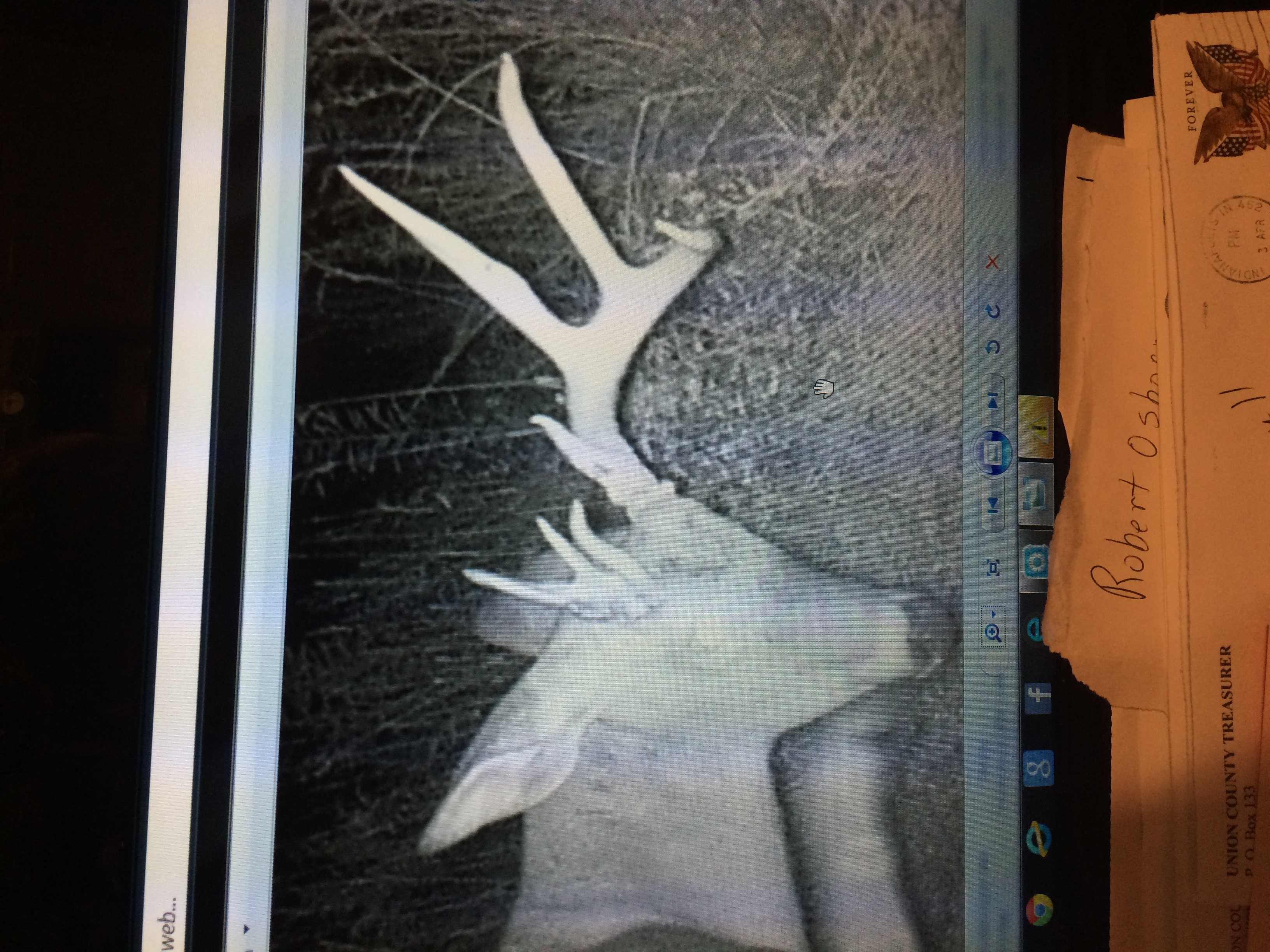
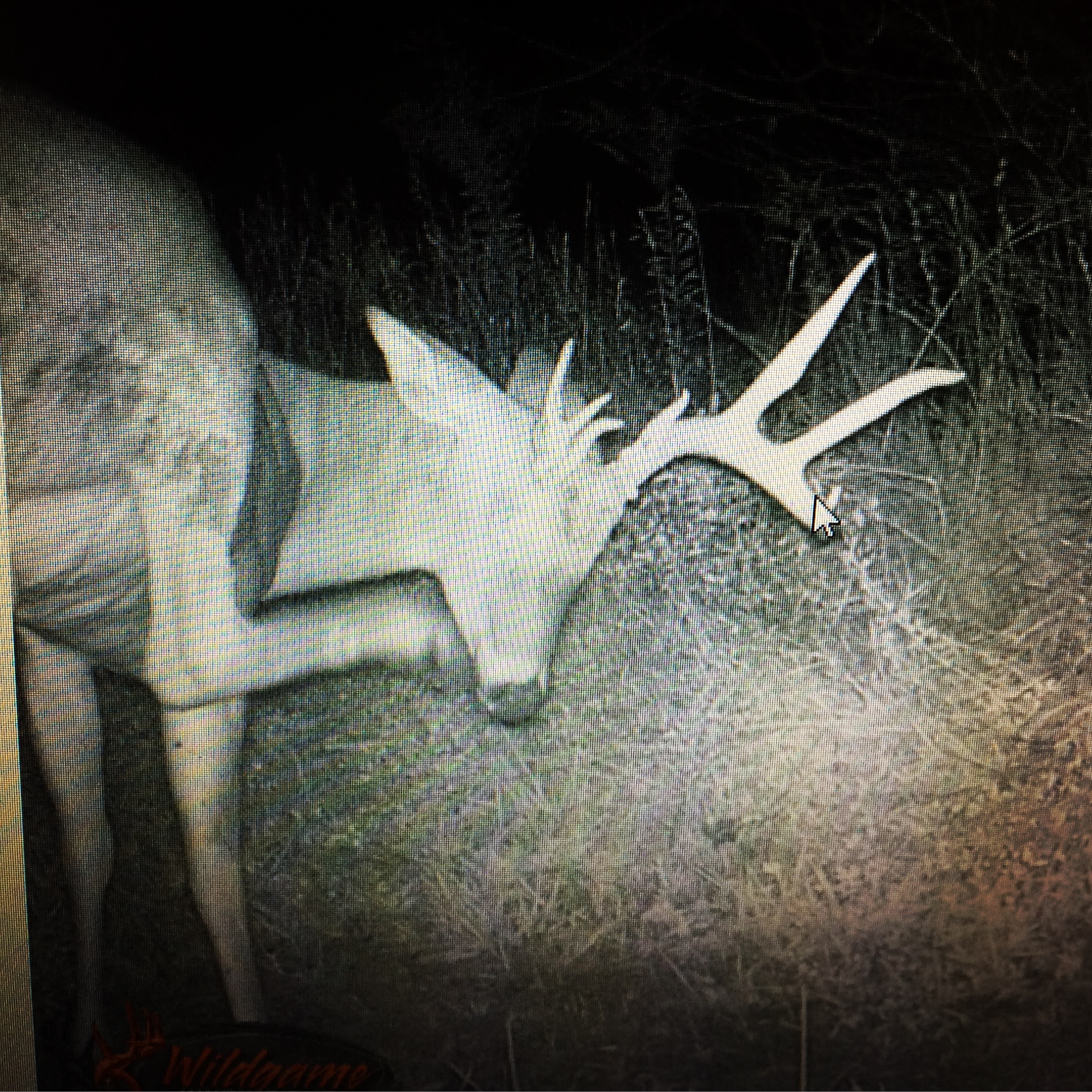
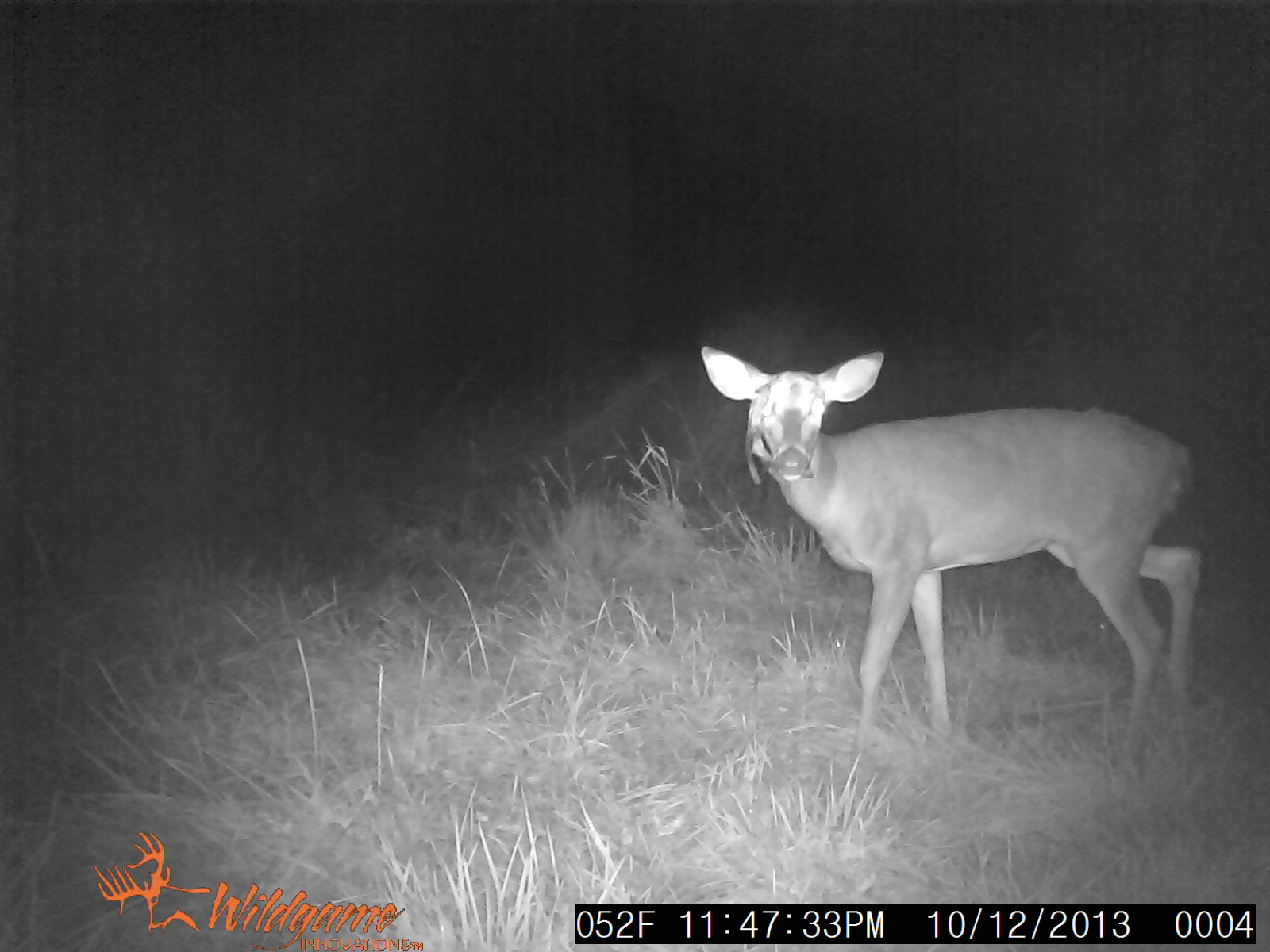
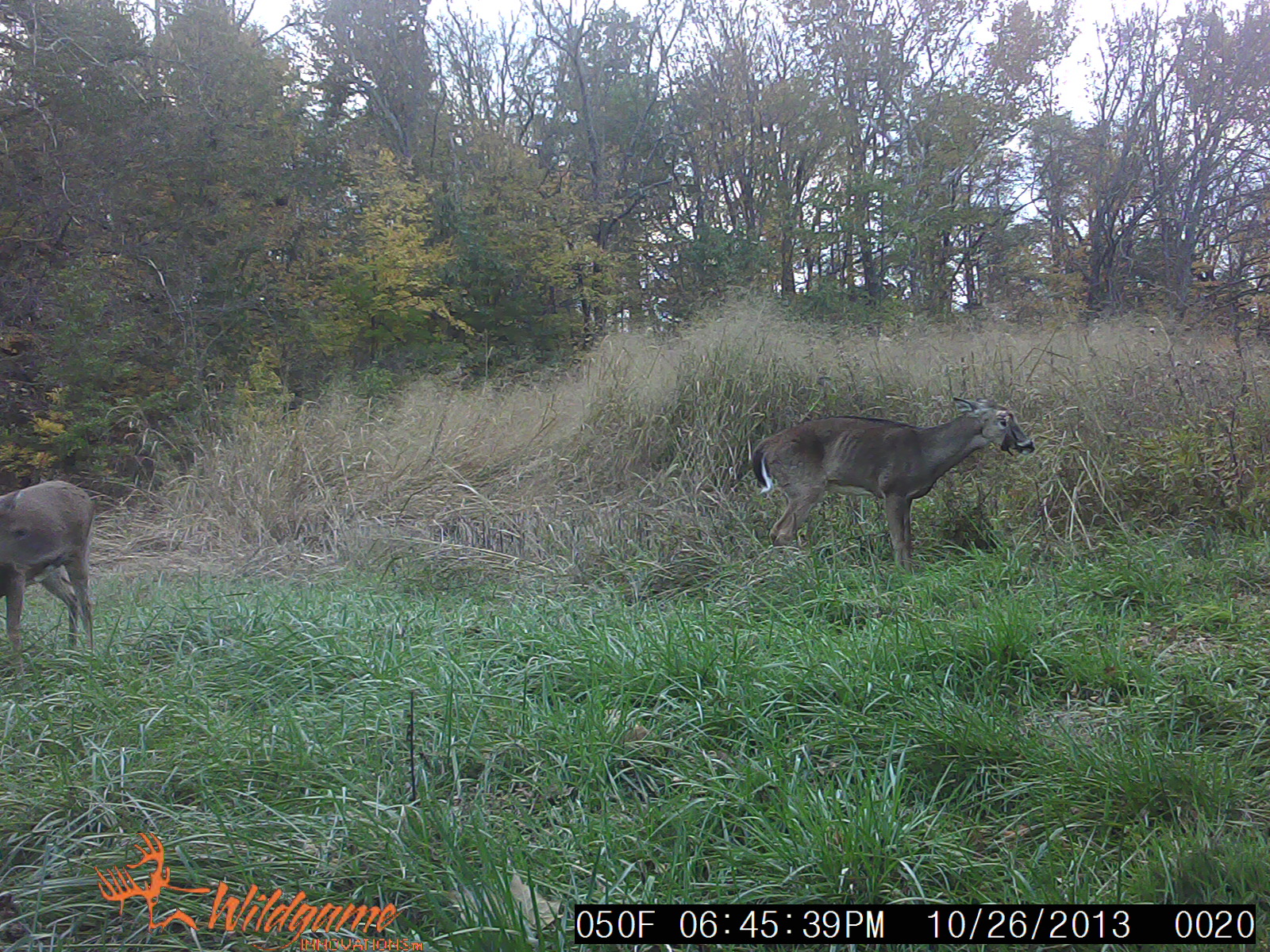
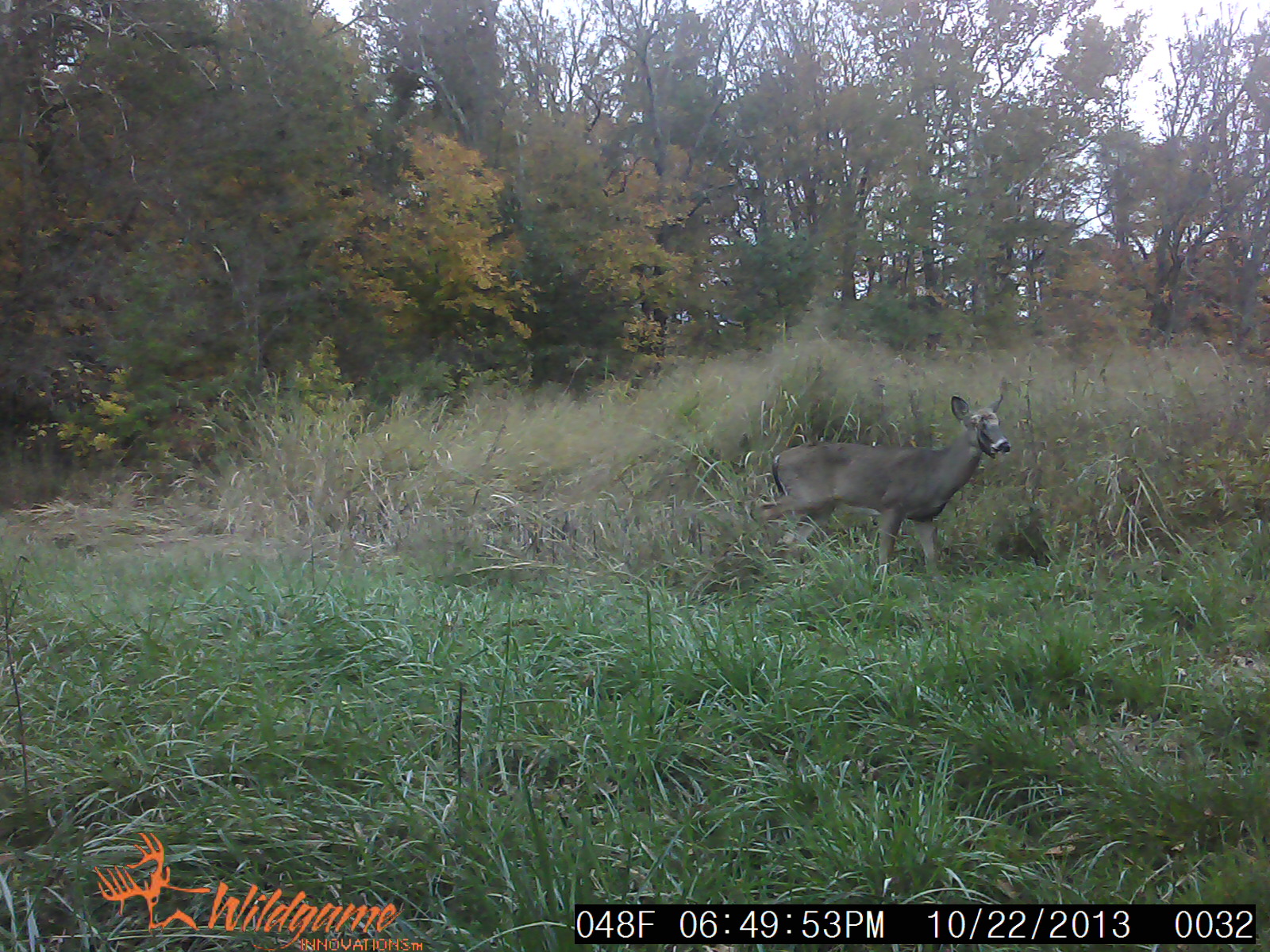
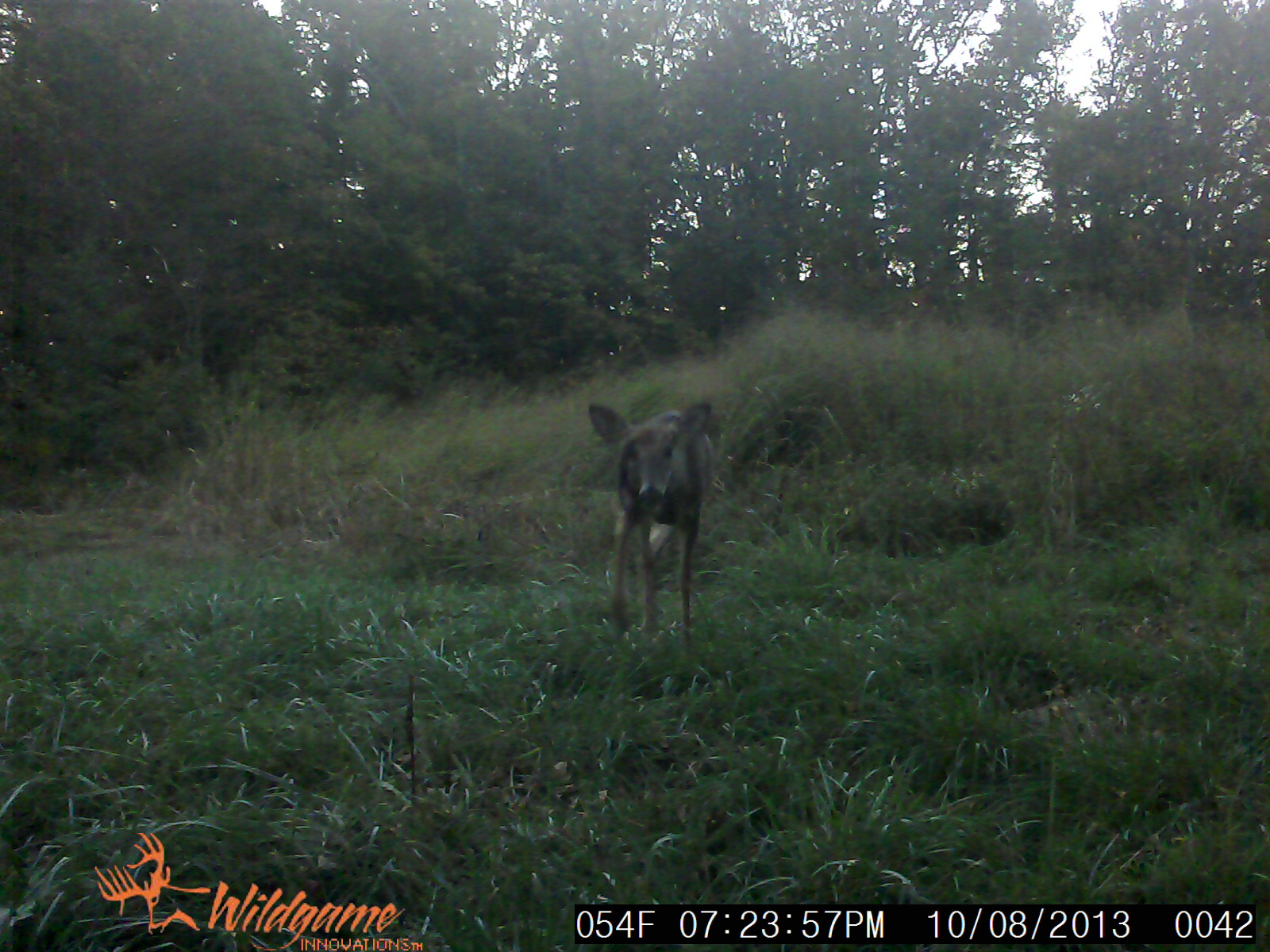


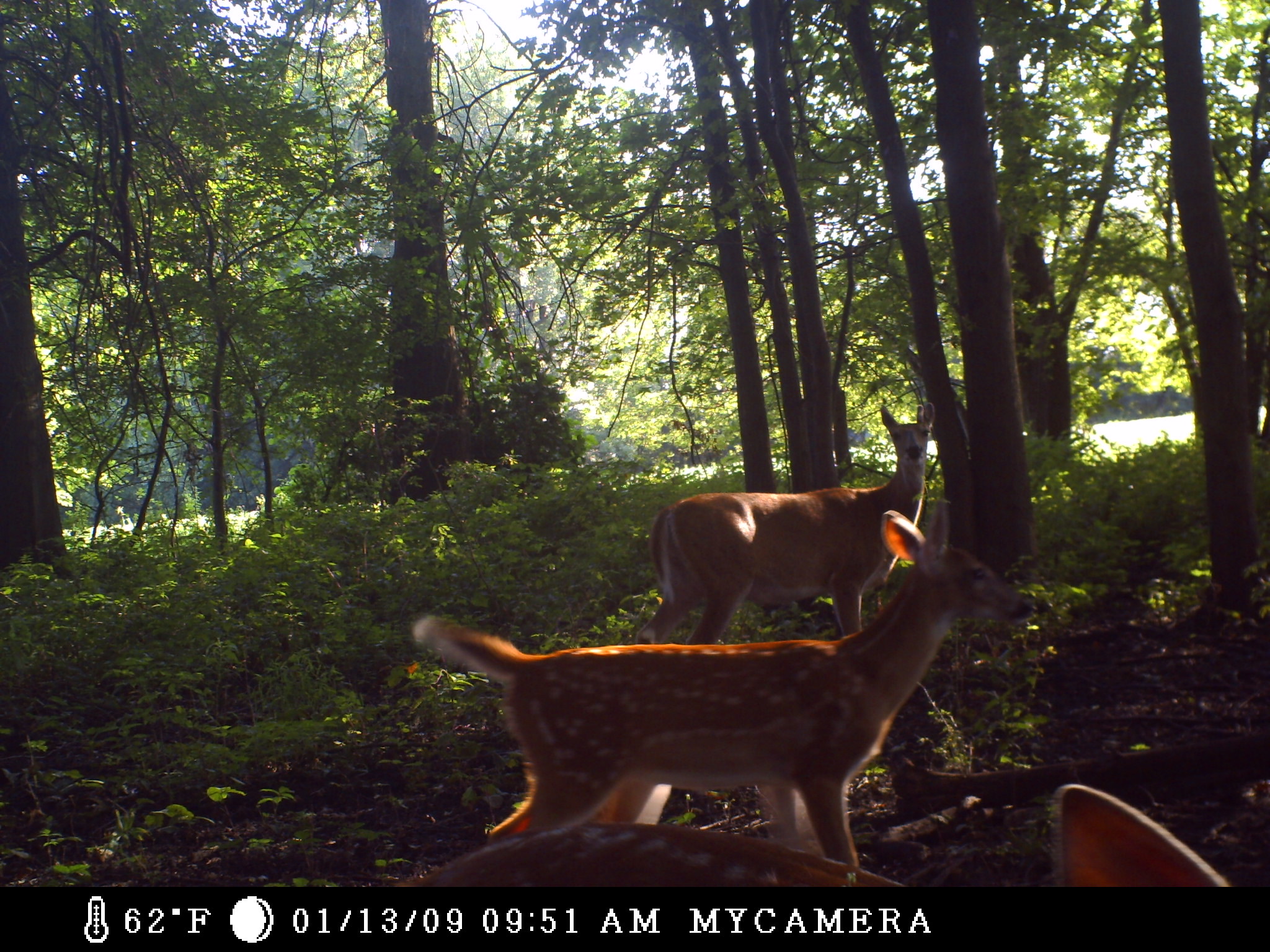
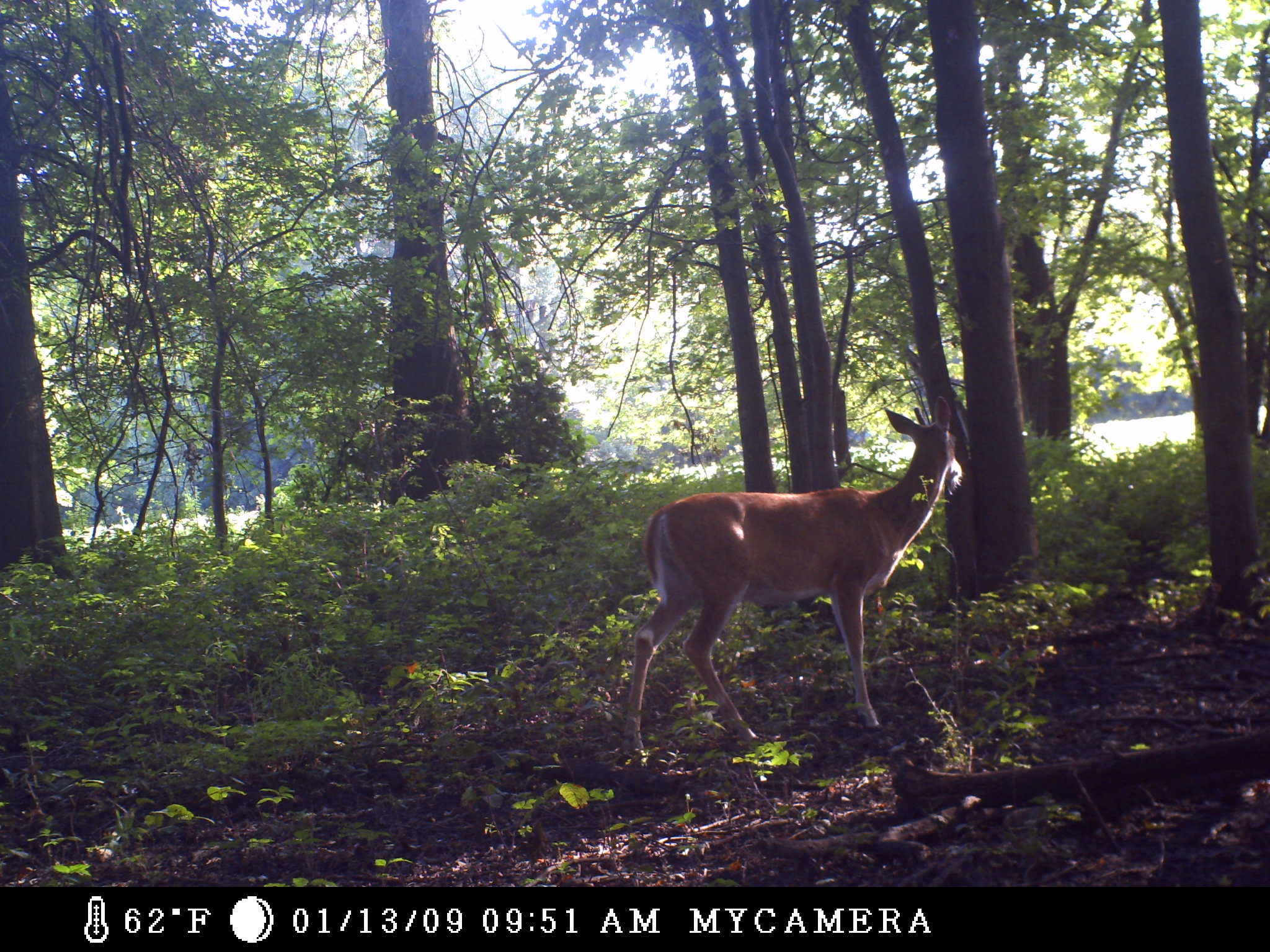
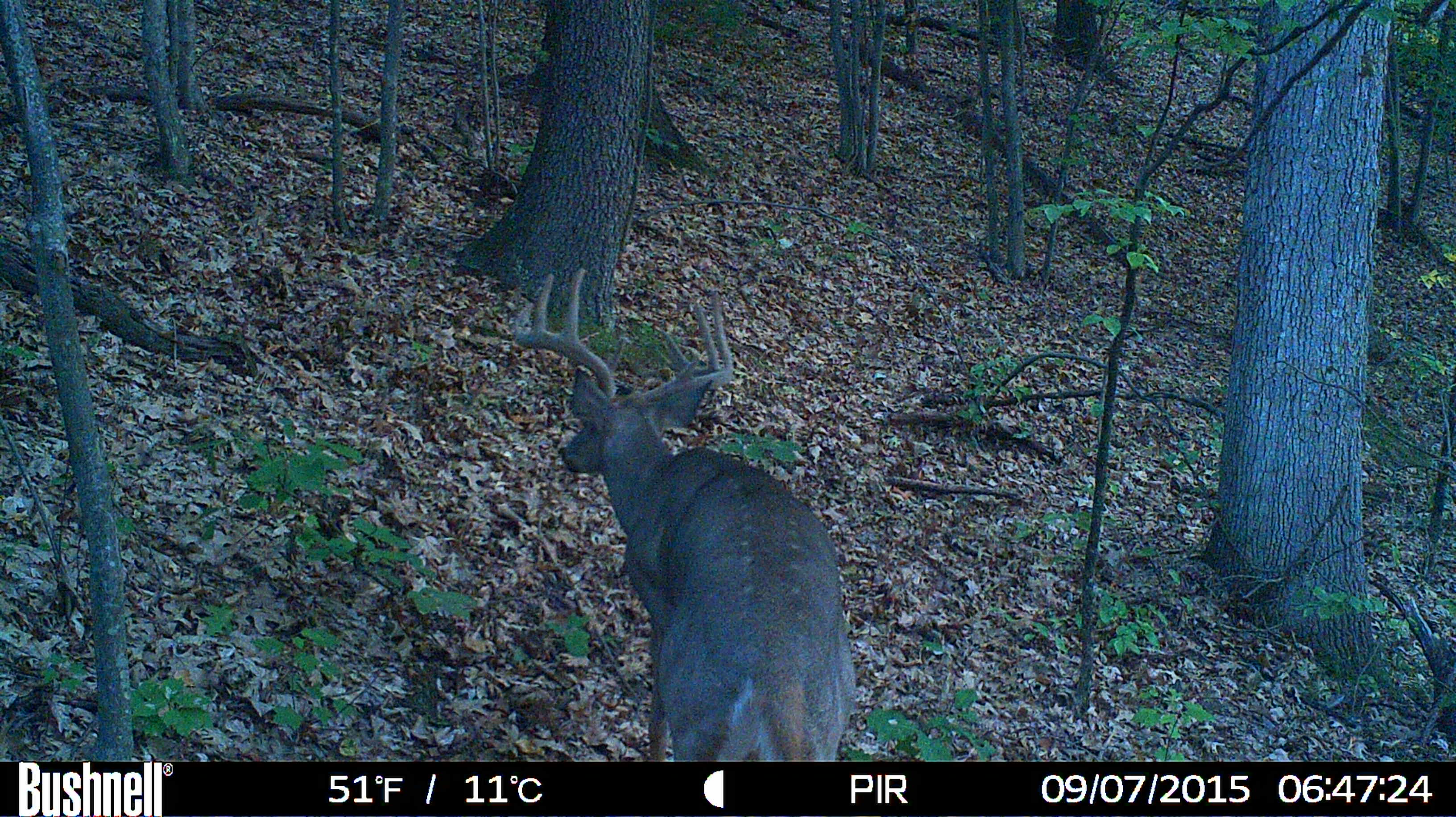
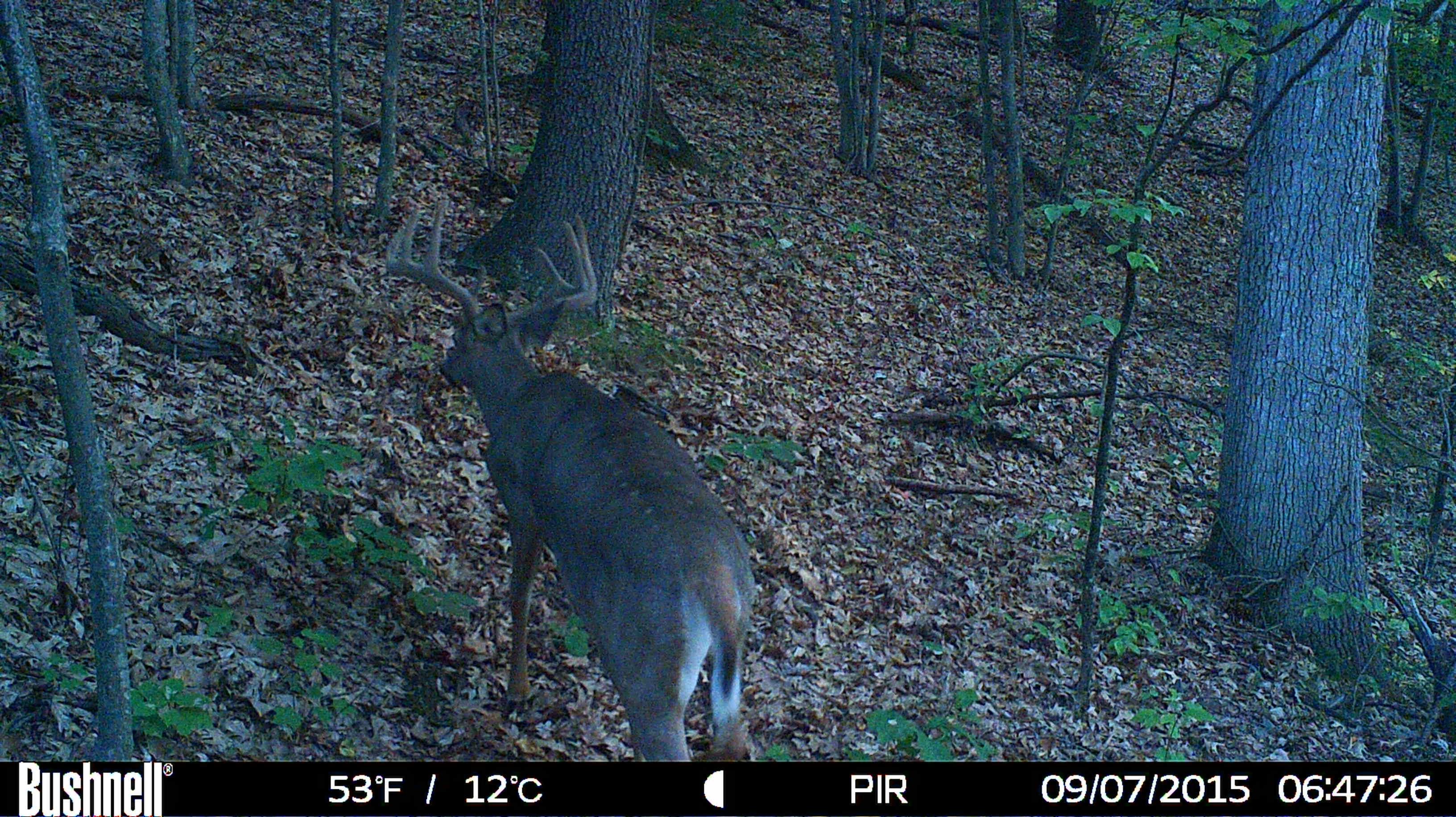
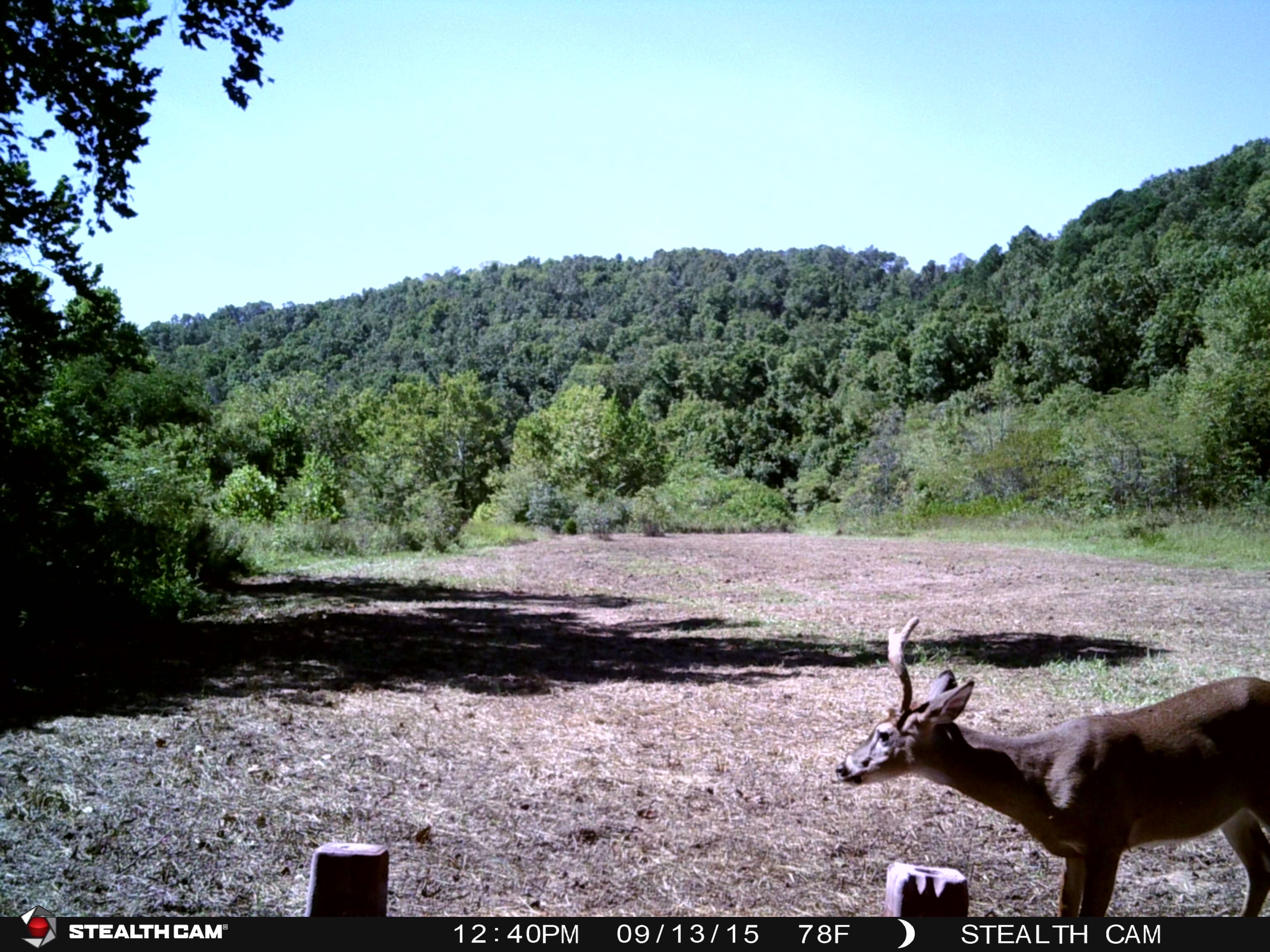
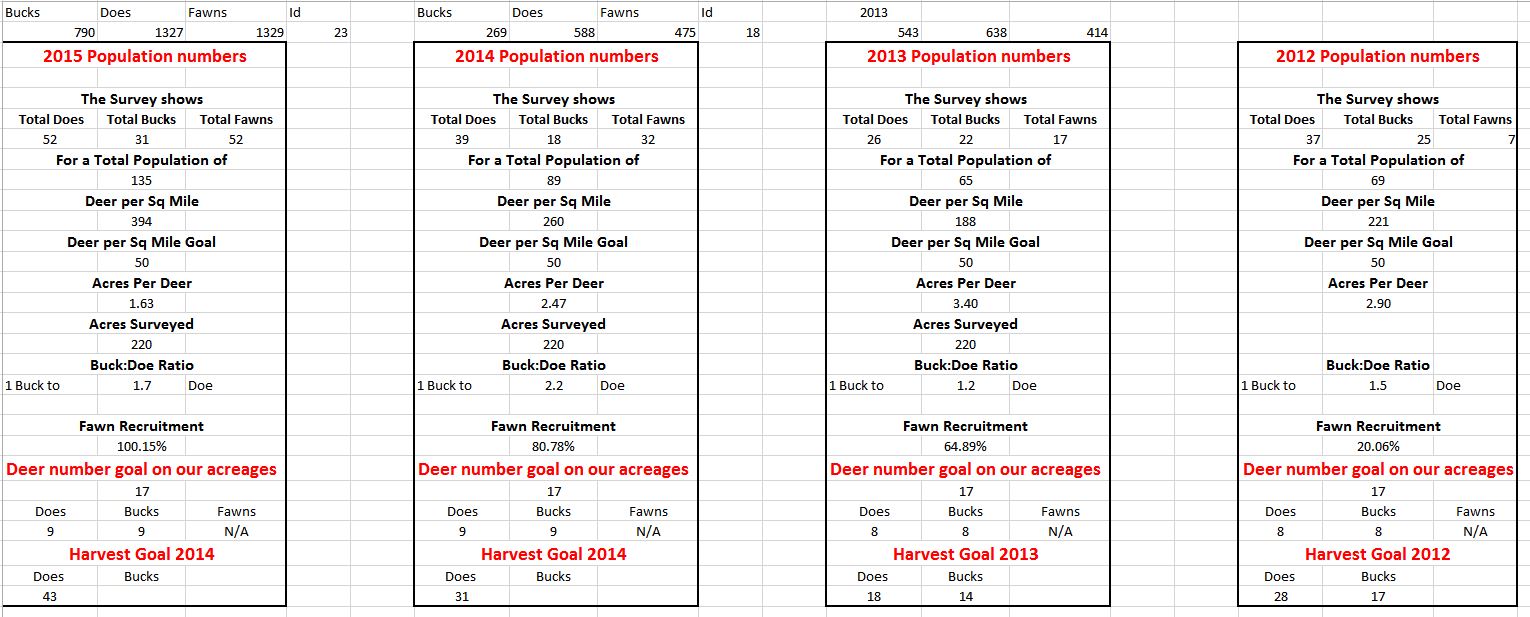
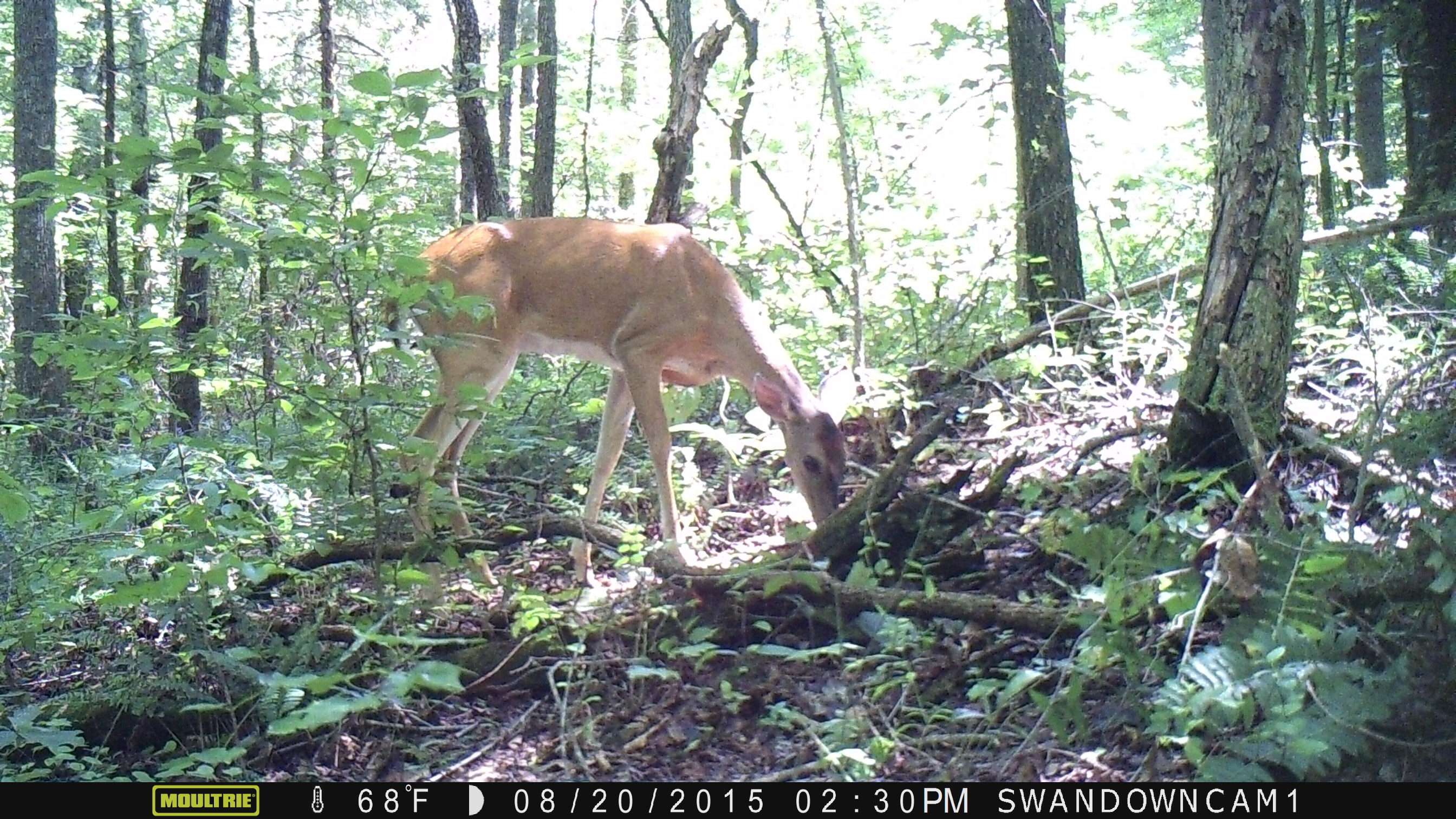
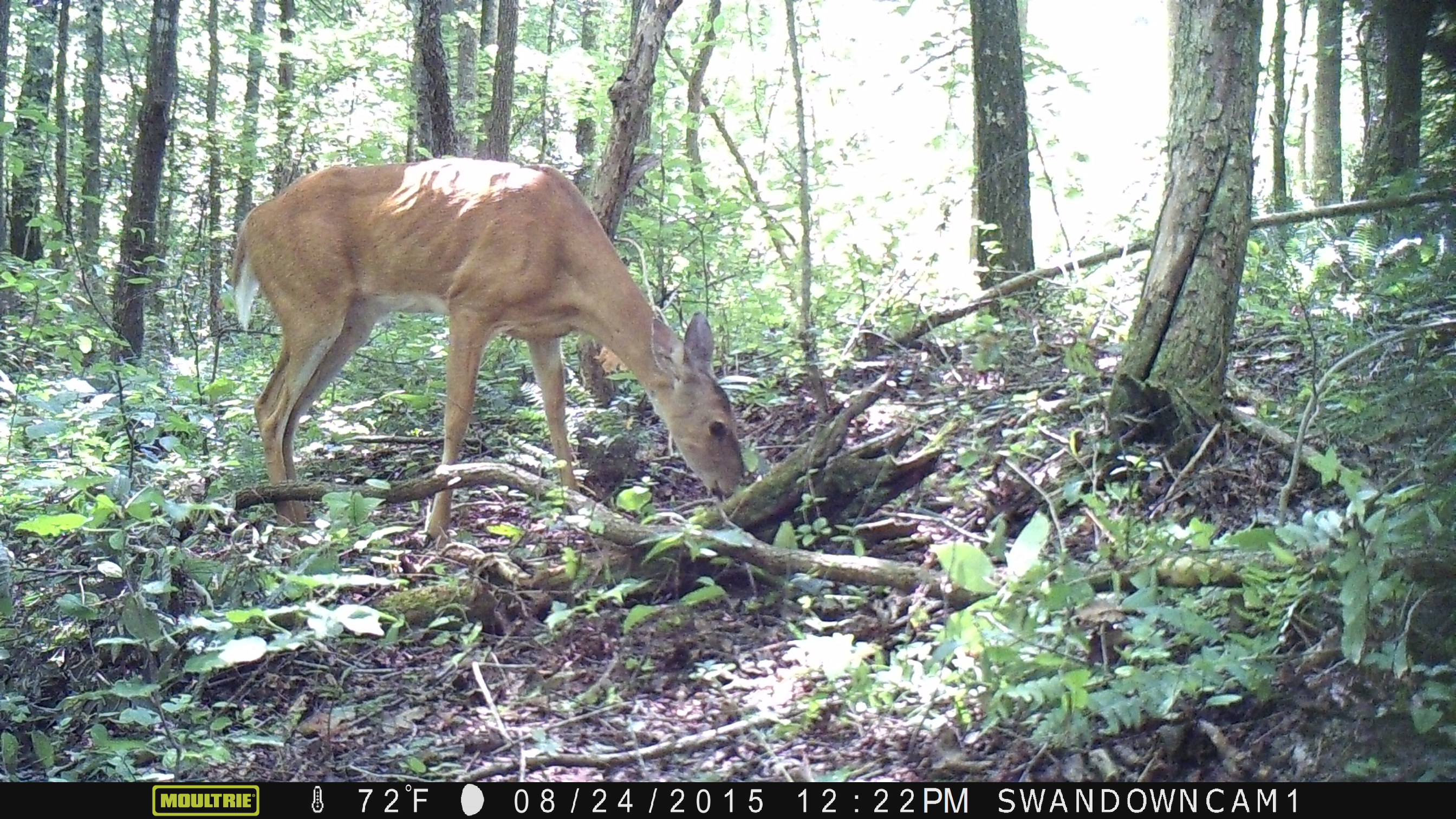
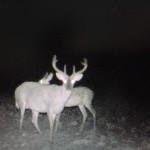
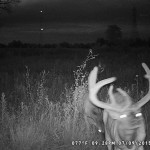
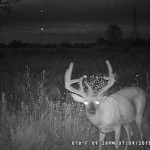
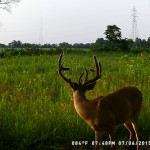
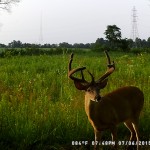
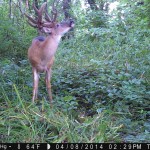
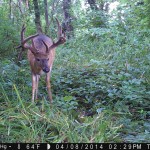
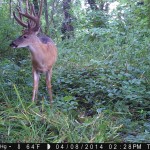
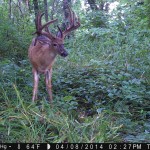
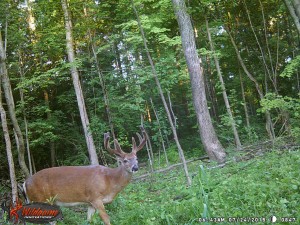
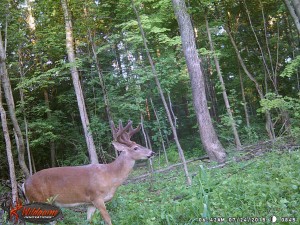
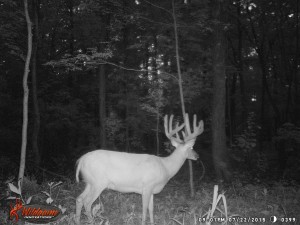
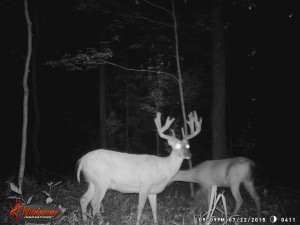
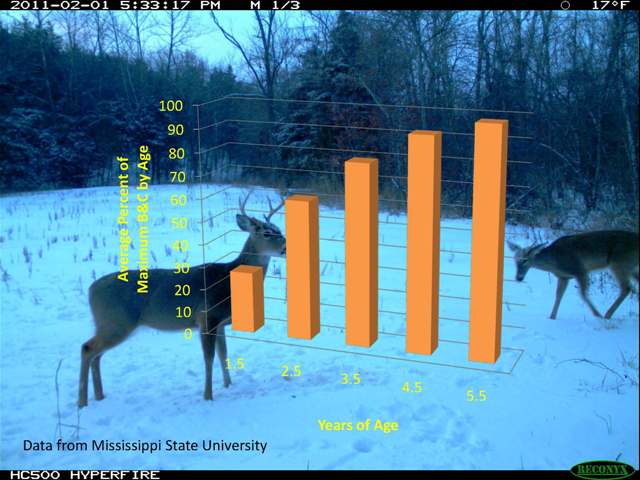
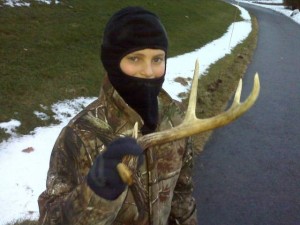
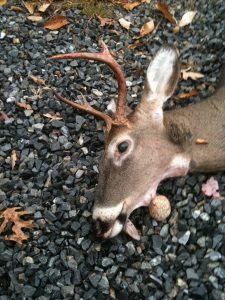 I could see the growth swinging under his chin like a ball on a string as he made his way to my stand. The growth is about twice the size of a golf ball and hard. It is hanging from a small section of stretched skin. He was definitely too young to be taken, but due to the deformity I took the shot. I was concerned with it being infectious to our other deer. After researching this I believe it is a viral wart and is infectious to other deer but not humans. The meat is reportedly still okay unless infection has set in. Should these deer be harvested to protect the herd, is the meat safe and is there any worry of human infection?
I could see the growth swinging under his chin like a ball on a string as he made his way to my stand. The growth is about twice the size of a golf ball and hard. It is hanging from a small section of stretched skin. He was definitely too young to be taken, but due to the deformity I took the shot. I was concerned with it being infectious to our other deer. After researching this I believe it is a viral wart and is infectious to other deer but not humans. The meat is reportedly still okay unless infection has set in. Should these deer be harvested to protect the herd, is the meat safe and is there any worry of human infection?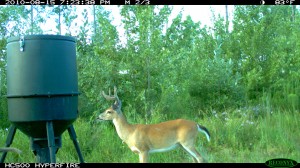
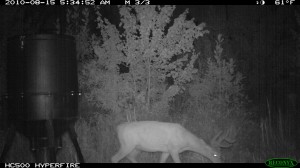 As always, I appreciate your advice and help on questions. How old do you think this deer is? To me some parts of him say one thing and other parts another. Both pictures are the same deer with different views. This deer has been on our property for 3 years now and each year he has been the same size at 7 points. This year’s rack is still the same size but a touch different (still 7 points). He does look close enough that it has me wondering if it’s him or another deer younger.
As always, I appreciate your advice and help on questions. How old do you think this deer is? To me some parts of him say one thing and other parts another. Both pictures are the same deer with different views. This deer has been on our property for 3 years now and each year he has been the same size at 7 points. This year’s rack is still the same size but a touch different (still 7 points). He does look close enough that it has me wondering if it’s him or another deer younger.